本文由 迈丘设计 授权mooool发表,欢迎转发,禁止以mooool编辑版本转载。
Thanks metrostudio for authorizing the publication of the project on mooool, Text description provided by metrostudio.
迈丘设计:6个月,5场活动,100+人次共同参与,迈丘设计以儿童+设计师模式,基于低成本、低运营、共建共享的策略,完成了一个校园中的“可食花园”设计建造。花园共建的历程是短暂的,但是通过共建的过程,激发孩子们对校园的认同感和成就感,在心里种下美和爱的种子,这份心灵的触动是长久的。这就是迈丘设计参与社区共建最大的意义。
Metrostudio: In 6 months, 5 events and 100+ participants, metrostudio has completed the design and construction of an Edible Garden on campus based on a low cost, low operation and shared strategy using the Kids + Designers model. Through the process of building together, we hope to inspire children to identify with the campus and the sense of achievement of their work, touching the heart with beautiful feelings, which is the greatest meaning of our participation in community building.

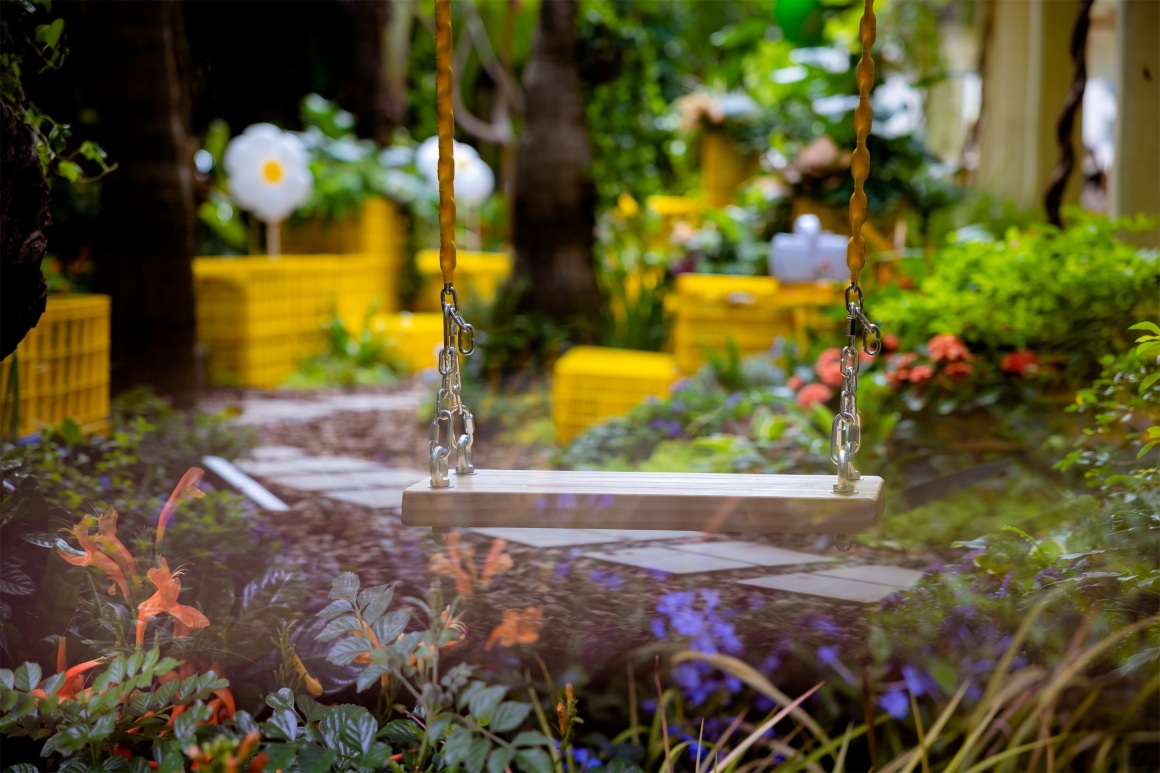
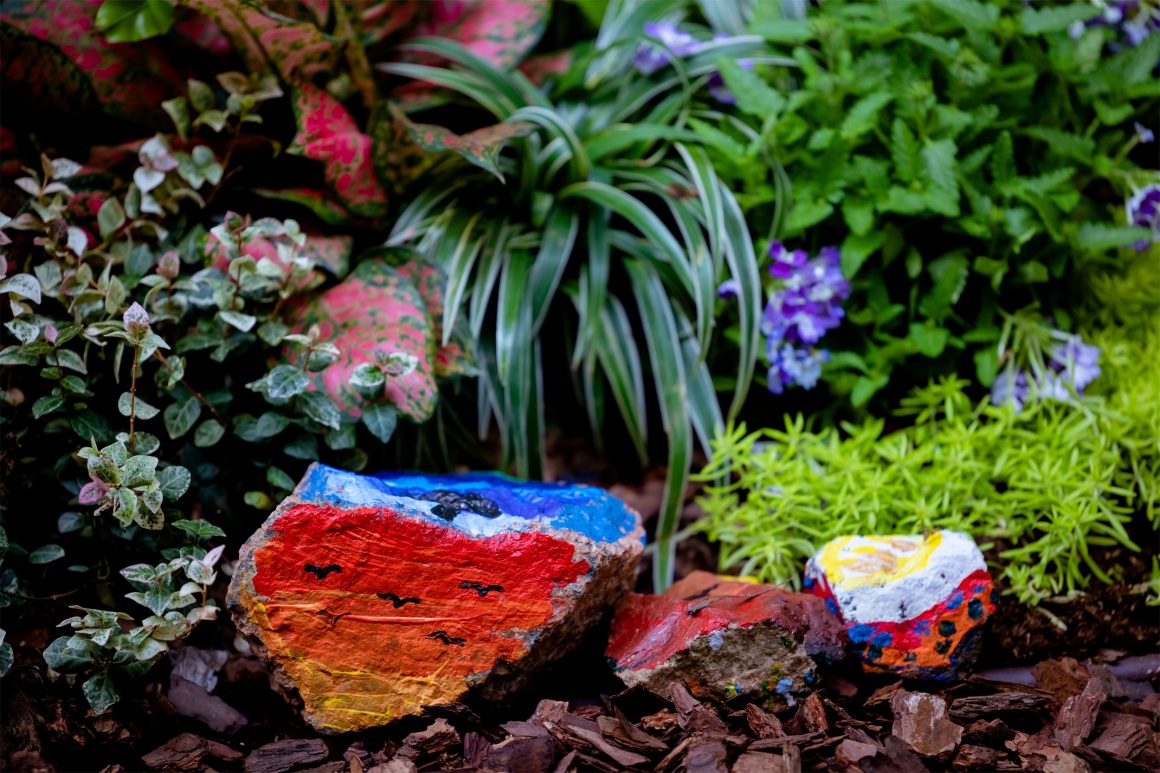
项目概况 About Project
本项目为metrostudio迈丘设计参与由南山区城市管理与综合执法局主办的深圳市“共建×设计”小美赛的社区花园实践。迈丘设计牵手深圳市南山区太子湾学校,与深圳市绿色基金会、大自然保护协会、蛇口社区基金会联合承办。这是一个开放式的设计建造项目,通过多方参与,设计统筹,完成了校园荒废绿地的改造。
This project is a result of metrostudio’s participation in the Shenzhen “Small & Smart Design” competition organised by the Urban Administration and Law Enforcement Bureau of Nanshan Distinct. We worked with Taiziwan School, Shenzhen Green Found Association, The Nature Conservancy and Shekou Community Foundation. This was an open design-build project, which involved the transformation of the school’s derelict space through the participation of multiple parties and design coordination.
▽花园区位 Location
项目场地位于太子湾学校小学部的教学楼西侧与学校围墙之间,廊架把狭长的空间分成两个细小地块。计划改造面积约200平米。这里是整个校园绿化淘汰植物的收纳场,经过长年累月的生长,植物密闭,甚至把旁边教学楼首层采光窗户都挡得严实。中下层外来入侵品种占强势主导,挤满绿化场地。虽紧邻教学楼,却无法让人亲近,逐渐成为一个充满各类杂物的荒地,蚊虫滋生,本底生境条件很差。
The project site is located between the west side of the school building and the fence, a long and narrow space divided into two plots by the gallery. The planned renovation area is approximately 200 square meters. This is a disposal site for green out plants throughout the campus, which have grown densely over the years, even blocking the light-glass on the first floor of the classroom. The lower and middle floors are strongly dominated by invasive exotic species that crowd the green space. Although adjacent to the academic building, it is not approachable and is gradually becoming a wasteland full of all kinds of debris and in poor native habitat conditions.
▽场地测绘图 Survey map
▽改造前花园现状,无序密植的灌木丛,光照条件差 Current state before renovation: overgrown bushes and poor light conditions
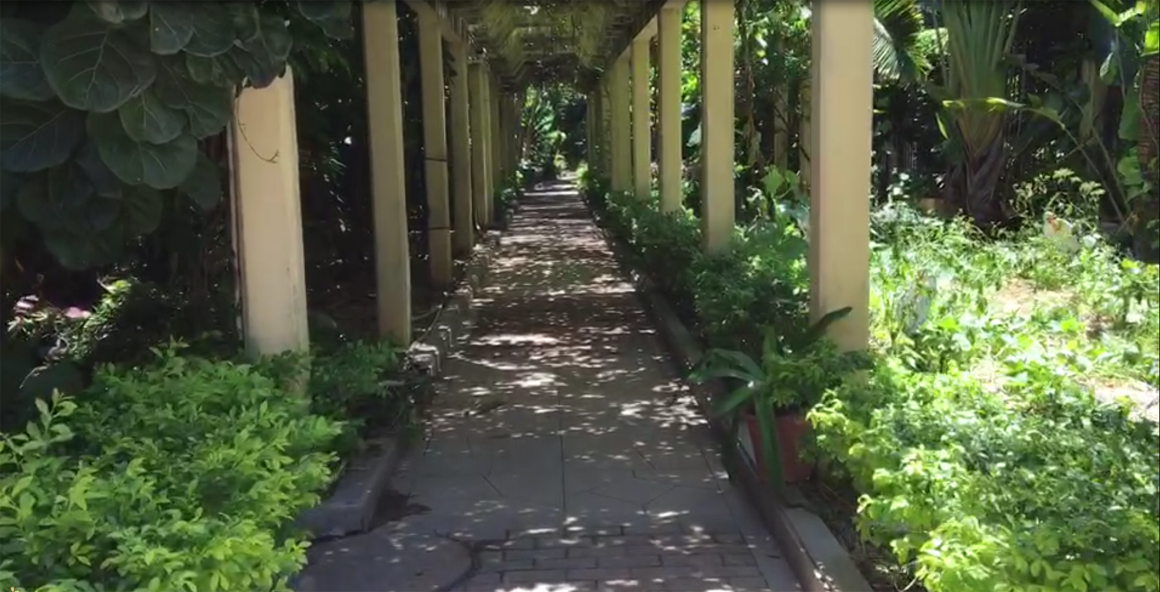
学校期望能够把这里建设成为一个让学生参与进去的生态农园。南山区城管希望能够通过改造,让这些被遗弃的城市、社区边角空间得到充分地利用;孩子们希望有更多的游憩空间。而改善生态环境,让花园变得更有趣,则是设计的思考。多方的共同参与,最终我们将花园改造主题定为“可食花园”。在有限的空间里,保留乡土树种,去除外侵物种,引入丰富的花境品种,结合可食蔬果种植,通过转运箱搭建出丰富的立体绿化空间,让这片荒废的小空间成为一个共同搭建、培育、分享、可持续的“可食花园”。
Through the preliminary research we learned that: the school representatives expect to build an Eco-Farm for students, the organizers hope to make full use of these abandoned urban and community marginal spaces through renovation, and the children want more play space. Our design thinking is therefore geared towards improving the ecology and making the garden more interesting. After much discussion, the theme of the project was “Edible Garden”. We have preserved native tree species, removed invasive species, introduced a rich variety of flower borders, planted edible fruits and vegetables in a limited space, and built a three-dimensional green space through transit boxes to make this small, deserted space a co-constructed, nurtured, shared and sustainable garden.
设计策略 Design Strategy
一、 1+1+1模式 共建共享 1+1+1 Model & Co-Build
我们认为,社区共建花园设计,改善的不仅仅是花园的环境,更重要的是改善心灵的环境。就像是一个纽带,将人们联结在一起,通过共同的创造性劳动,让彼此学会互相协助,互相欣赏,互相鼓励,共同成长。
针对太子湾学校花园改造,迈丘设计提出1+1+1 模式,共建共享,组织“迈丘设计团队+学生建构营+自然引导营”,将儿童自然教育融入设计建造活动之中。
We believe that community garden improves not just the environment, but more importantly people’s mind. It is like a bond that connects people together and allows them to learn to assist each other and grow together through joint creative work.
In this project, we propose a 1+1+1 model, organizing a “design team + student construction team + nature display team” to build and share together, incorporating children’s nature education into the design and construction activities.
▽模式分析 Pattern analysis
1 个设计团队:负责设计统筹,完成概念设计、种植品种选择、组织建构活动。
1 个学生建构营:由学校组建4-6组学生团队,年龄10岁以上,参与创意设计,由迈丘设计团队负责讲解,点评、指导现场落地建造。
1 个自然引导营:花园建成后,由学校组建自然引导营,在改造成果全部呈现后,由迈丘设计团队提供植物科普课堂。自然引导营的成员将成为未来太子湾学校花园的小导游,为参观的人们提供科普讲解。而这将成为太子湾校园共建花园设计的可持续性自然教育理念。
1 Design Team: responsible for conceptual design, selection of planting varieties and organization of construction activities.
1 Student Construction Team: Team of 4-6 groups of students aged 10+ try to design the ideal garden and put their hands to work under the guidance of our designers.
1 Nature Display Team: Our design team provided plant science classes, while the school formed a nature display group. The students involved in the construction of the garden will become little guides and provide science presentations to people. And this will become the sustainable nature education concept for this project.
▽自然引导营示意图 Schematic diagram of nature guided camp
“可食花园”设计充分考虑了未来自然引导营的组建和运作需求,整体景观在现有场地条件的基础上,以转运箱搭建多层次组合空间,在狭小的空间里划分出不同的植物群落,为学生提供多样化的自然认知与实践空间。
The design of the “Edible Garden” takes into account the needs of the future nature showcase camp and its operation. The overall landscape respects the original site conditions and uses transit boxes to build a multi-layered combination of spaces, dividing different plant communities in a small space and providing students with a diverse space for nature awareness and practice.
二、可食花园 生境营造 Edible Garden & Habitat Design
“生境”+“群落”是自然生态系统的基本组成单位,在城市环境下,小尺度花园互相联系所构成的绿色空间网络对城市生物多样性发挥重要保护作用。设计秉持“生境营造”理念,通过景观设计优化生境条件,通过共同搭建创造出与本地生境相适应、兼具功能性、美观度和低维护成本的植物群落景观。
“Habitat” + “community” are the basic components of natural ecosystems. In an urban environment, the network of interconnected green spaces formed by small-scale gardens plays an important role in the conservation of urban biodiversity. The design is based on the concept of Habitat Design, optimizing habitat conditions through landscape design and creating a functional, aesthetically pleasing and low-maintenance plant community landscape that is compatible with the local habitat through joint construction.
▽平面设计图 master plan
改造保留场地中的原生乔木,为鸟类及其他动物提供栖息地;对原有灌木及杂草进行清理、覆土、增植,打造错落的自然花境和人工庇护所,满足不同类型的昆虫和小型哺乳动物栖息。设计将自然花园与可食农园结合:在中层,利用果蔬篮作为搭建的基本材料堆叠成立体的种植空间;在底层,借助果蔬篮通透的箱架,为地面的植物生长支撑出空隙,提供生长支持,形成自然野性的本土生境。
The transformation preserves the native trees to provide a habitat for birds; the original shrubs and weeds are cleared, mulched and replanted to create a natural environment and artificial shelter for different types of insects and small mammals. We use fruit baskets as materials to stack three-dimensional planting space; on the bottom layer, with the help of the permeable box frame of the baskets, we support gaps for plant growth on the ground, forming a natural and wild native habitat.
▽生境设计策略 design strategy
三、创意果蔬篮 低值可回收 Creative Baskets & Low-value Recyclable
300个490mm*350mm*260mm的转运箱,成为花园的单元构件,如同乐高积木,组合搭建出立体的植物种植盒子。鲜明的色彩,简易灵活的搭建过程,未来便捷的重组可能,满足孩子们对花园的各种想象。
300 fruit baskets of 490mm*350mm*260mm become the unit building blocks of the garden, just like Lego, combined to build a three-dimensional plant cultivation space. The bright colors, easy and flexible building process, and convenient reorganization possibilities meet children’s various imaginations of the garden.
选用的转运果蔬篮是可回收的材料,具备造价低、自重轻、承重大、经久耐用、安全环保等特点,极大程度地降低了建造垃圾的产生,可循环使用。箱体开放式的格栅空隙打破了结构的密闭感,让空气、阳光、风与水等元素直接与土壤层接触,为底层阴生本土植物生长提供条件。
Fruit baskets are recyclable materials with features such as low cost, light self-weight, high load-bearing capacity, durability, safety and environmental protection, which greatly reduce the generation of construction waste and can be recycled. The gridded void of the basket breaks the sense of confinement of the structure, allowing the elements of air, sunlight, wind and water to come into direct contact with the soil layer, providing conditions for the growth of shady native plants on the bottom layer.
▽可回收的果蔬篮 Recyclable fruit baskets
我们以模块化的解决方案,将标准箱体化为预制模块单元,通过堆叠、嵌套、组合等调整立体展现架构的形式、尺度和韵律,重新定义和丰富开放这一公共空间。灵活的模块化系统也为实现精细化、可复制性和快速施工提供可能。
With a modular solution, we redefine and enrich openness as a public space by transforming baskets into prefabricated modular units that show the form, scale and rhythm of the architecture through stacking, nesting and combination adjustments. The flexible modular system also offers the possibility to achieve refinement, replicability and rapid construction.
▽模块化设计的堆叠结构 Stacked structure with modular design
改造成果 Design Effects
设计致力于在这小片珍贵的绿地当中保留自然的野性,为学生们提供一个亲自然校园,实现城市有序景观与自然野性景观的并存。
The design is dedicated to preserving the natural wildness in this small precious land, providing a pro-nature campus environment for students, and realizing the coexistence of urban orderly landscape and natural wild landscape.
▽花园建成实景 The garden was built into reality

▽自然清新的生境花园 Natural and fresh habitat garden
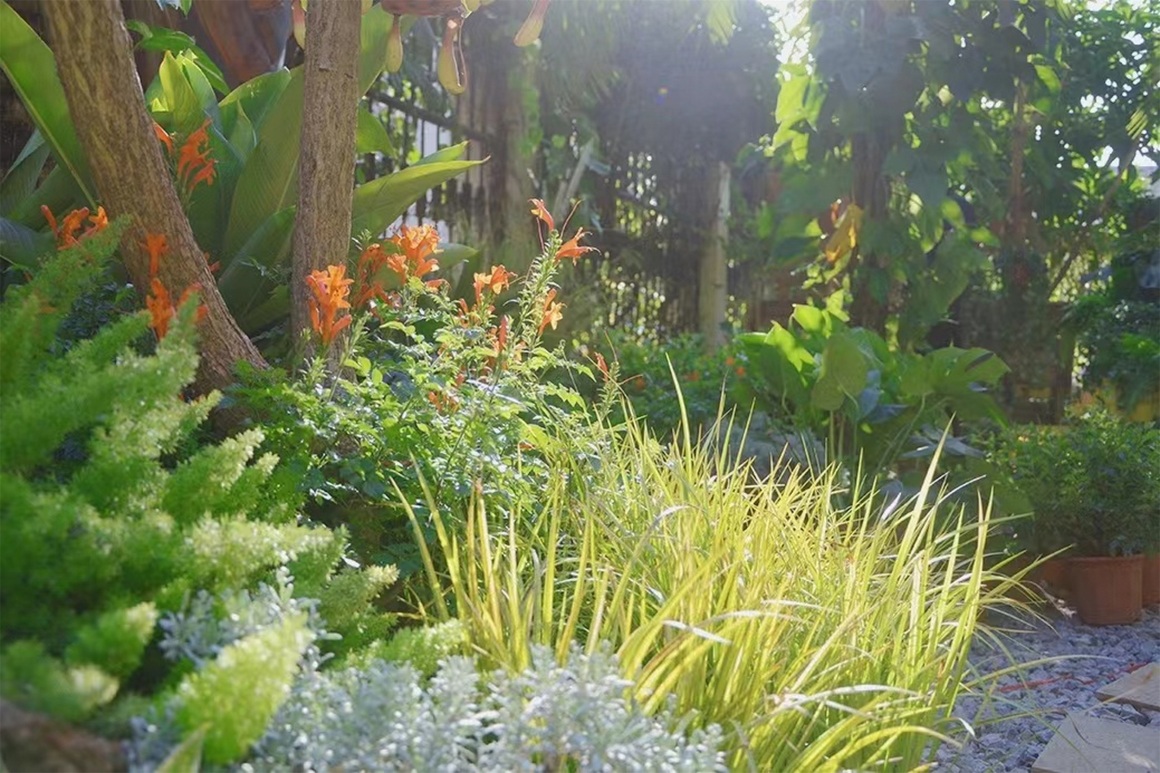
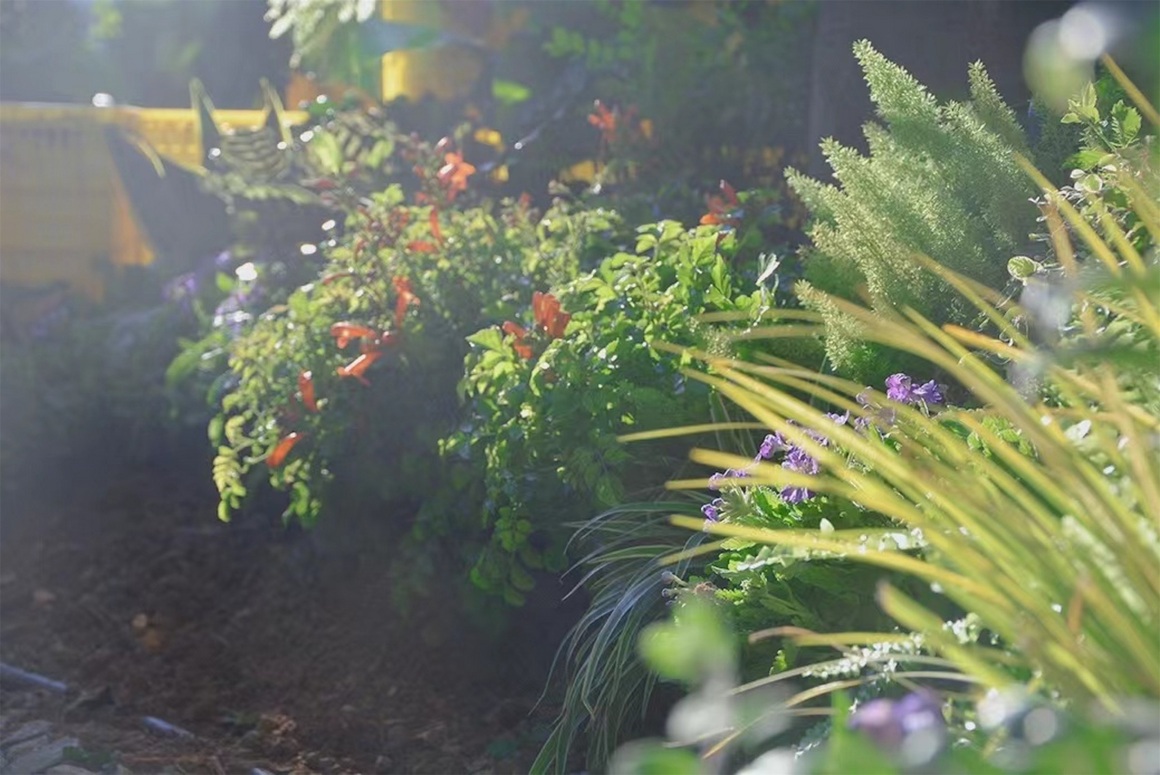
廊架北侧由于植物密度过大导致光照条件较差,因此改造将北侧植物进行适当删减,让阳光有机会进入场地,成为一个可以停留的空间。
The north side of the corridor has poor light conditions due to the excessive density of plants, so we cut down the plants appropriately to give the sunlight a chance to enter the site and become a space where can stay.
▽花园北侧绿地改造前后对比 before and after of the north garden
▽改造后实景,花园北侧绿地

花园南侧乔木多为棕榈科植物,在场地中生存已久,是场地记忆的重要组成成分。改造保留这些植物,在清理杂乱的植被后,以水果篮组合搭建生境花草箱和育苗观察箱,这里将成为充满活力的自然课堂。
The trees on the south side of the garden are mostly palms, which have survived for a long time and are an important component of the site memory. The renovation retains these plants, and after clearing the cluttered vegetation and building plant boxes and seedling observation boxes with a combination of fruit baskets, the area will become a vibrant nature classroom.
▽花园南侧绿地改造前后对比 before and after of the south garden
▽改造后:花园中的水果餐桌 After renovation: fruit table in the garden

▽“时光机器人”,由水果篮子搭建的标识构筑”Time Robot”, a logo construction built from fruit baskets
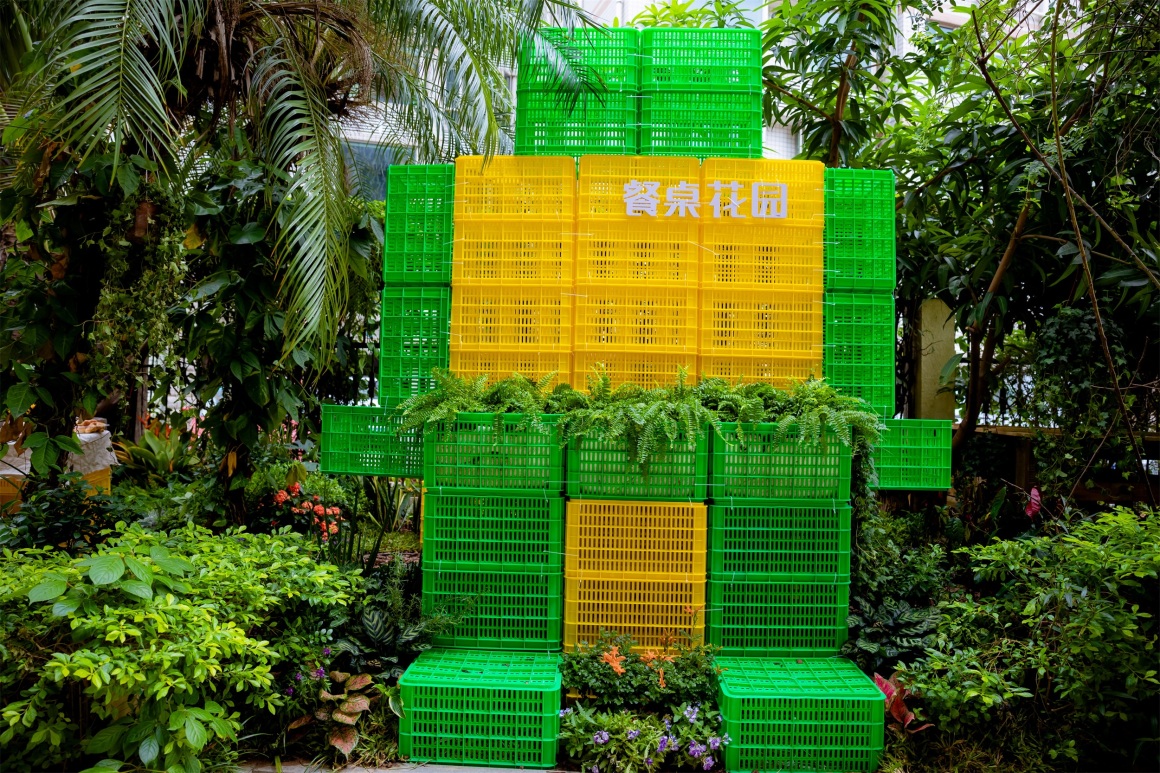
▽花园中的童心秋千 Children’s swings in the garden

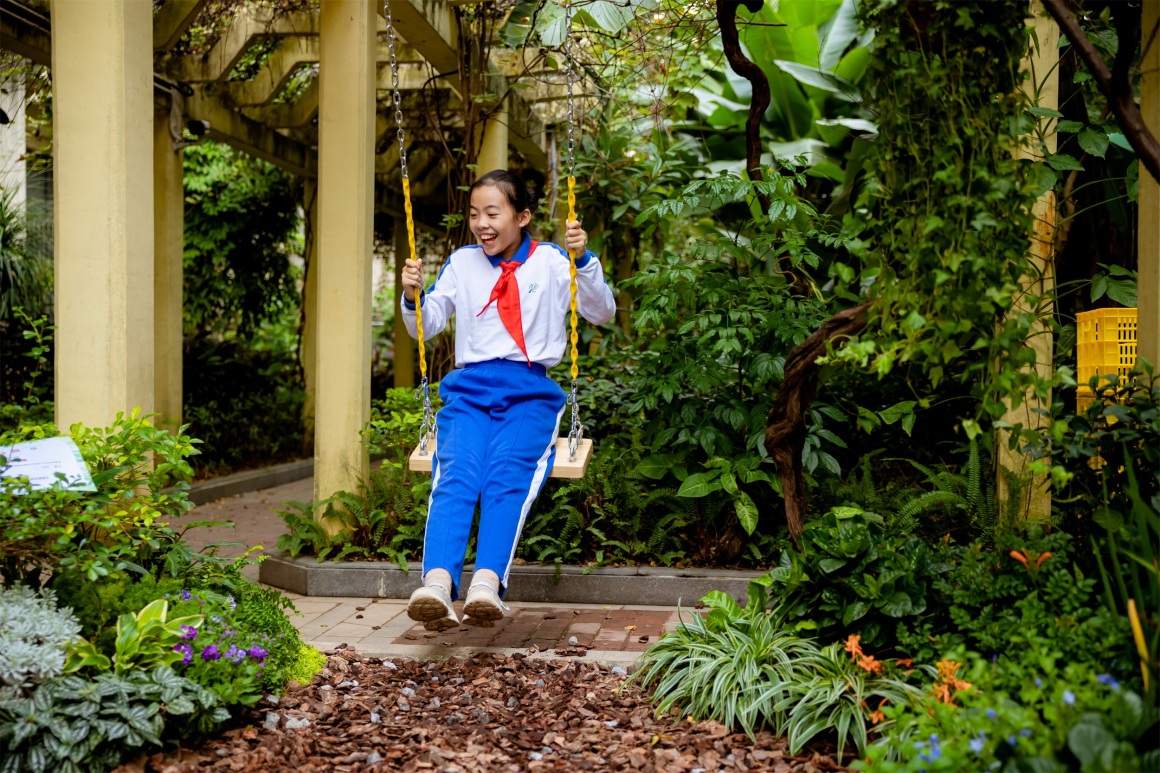
透水的土工布搭配格栅空隙的水果篮为植物生长提供良好条件,同时降低养护成本。模块型垂直绿化为种植区带来了竖向设置的选择,节省场地,也为孩子提供方便的操作观察空间。花园中设置植物堆肥箱以处理绿色垃圾并且将垃圾转化为有机肥料,从而减少对化学肥料的使用。
The permeable geotextile with permeable fruit baskets provides good conditions for plant growth while reducing maintenance costs. Modular vertical greening brings the option of vertical setup for planting areas, saving space and providing children with convenient space to operate and observe. Plant compost bins are installed in the garden to dispose of green waste and convert it into organic fertilizer, thus reducing the use of chemical fertilizers.
▽学生们在观察育苗箱植物的生长状态 Students observing the growth status of plants in the nursery box
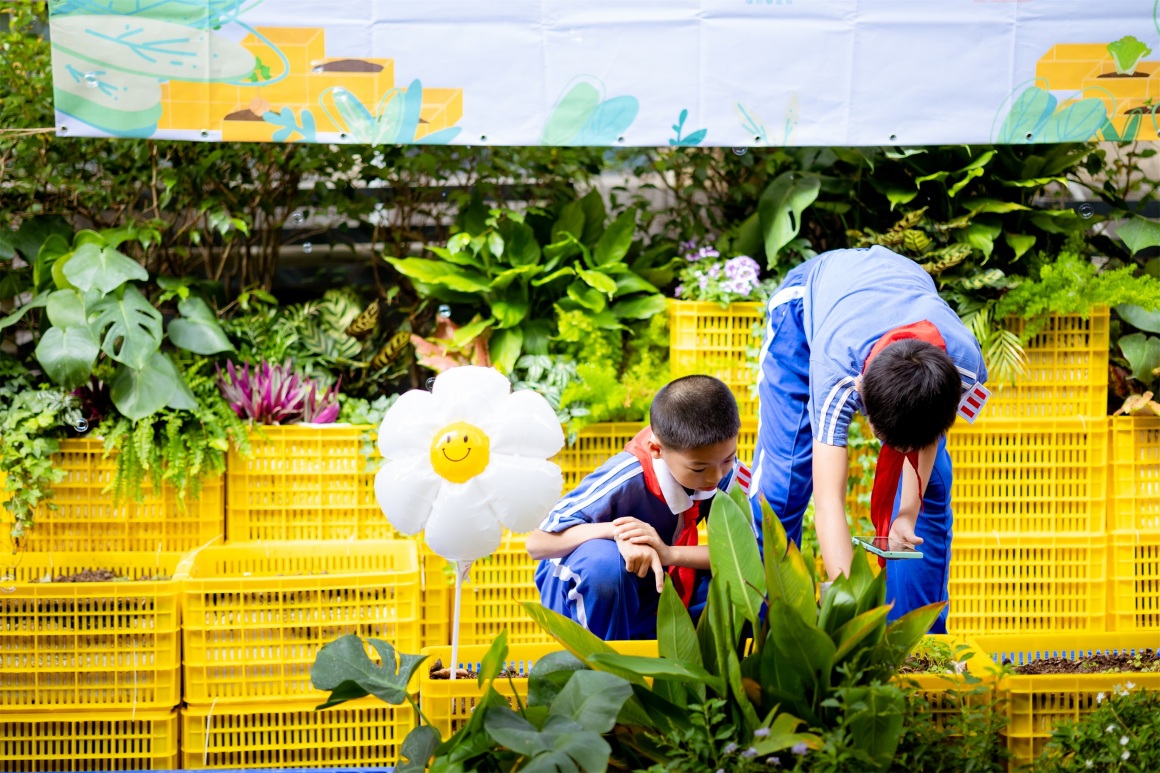
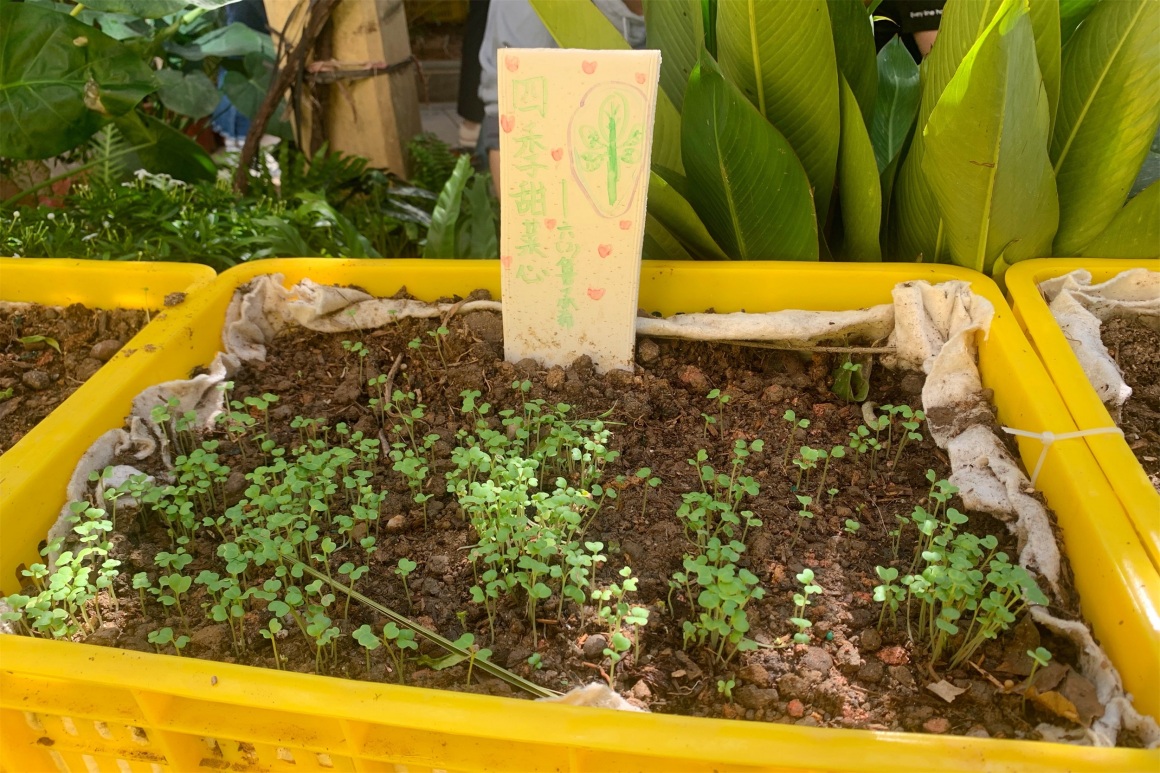
▽水果篮种植丰富的植物群落 Rich plant communities planted in fruit baskets

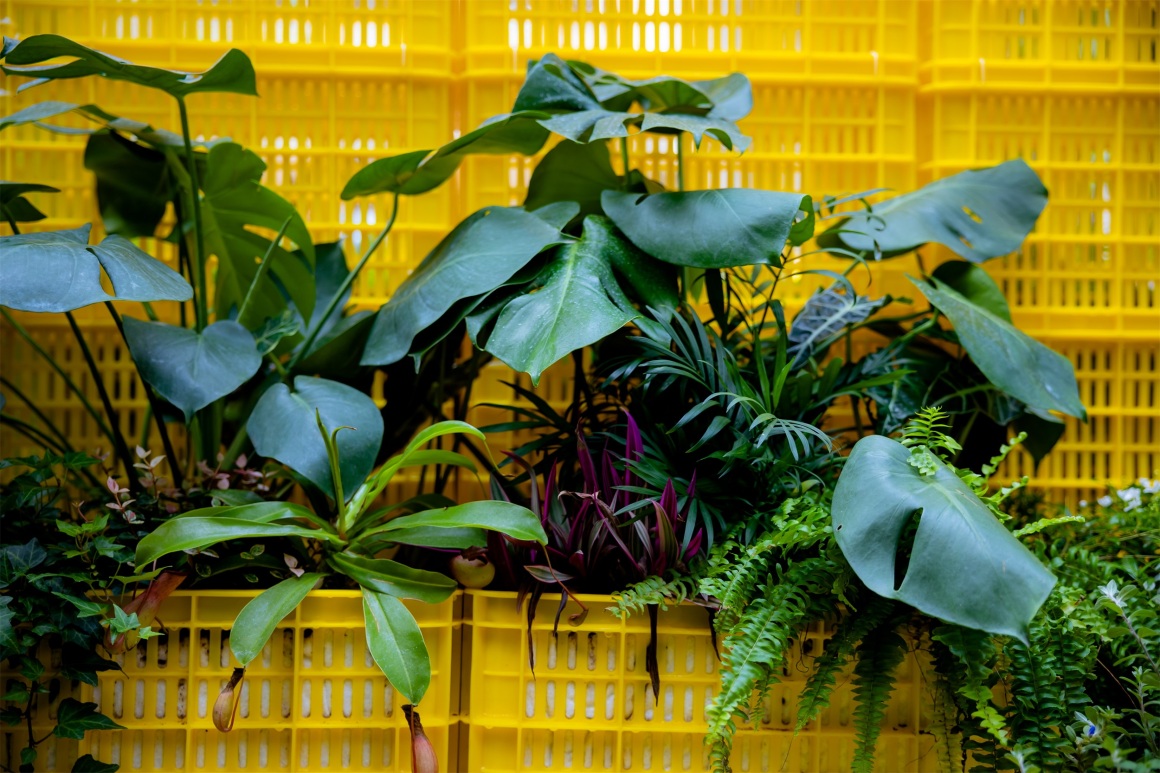
▽水果篮底板空隙渗透阳光,为植物自发生长提供机会,形成底层阴生本土植物生境Sunlight penetration through the gap in the bottom of the fruit basket provides opportunities for spontaneous plant growth, forming a bottom layer of shady native plant habitat.

植物设计 Plant Design
叶趣横生,叠梦纷呈
▽植物设计草图推敲 Plant design sketch
植物设计方案以“叶趣横生,叠梦纷呈”为主题,通过不同植物叶族质感、形态、色彩的差异,组合营造极富叶趣、探索欲的互动融合空间。植物的选择和种植在美学、生态等规律的基础上,同时要有丰富的季相变化,开合的空间转化,宜人的林下居所。结合居住属性与功能需求,通过不同植物的组合和灵活多变,赋予更多的景观可能性,打造生态、有趣的植物意境。
The plant design plan takes “Stacking Dreams, Fun Garden” as the theme, and creates a colorful plant world and an interactive space to stimulate exploration through the differences in texture, form and color of plants. The selection and planting of plants are based on the laws of aesthetics and ecology, taking into account seasonal changes and spatial transitions. Combining living properties and functional needs, the plant design gives more possibilities to the landscape and creates an ecological and interesting plant mood.
▽植物设计平面图 Plant design plan
我们配合本底植物环境优化生境:选用芳香类植物如迷迭香、碰碰香、薄荷、九里香、紫苏、含笑等营造兼具寓教、科普、娱乐等多重功能的植物景观,同时通过选用本地品种,及一些花卉类品种如桔梗、鸟巢蕨,龙船花等,打造微型生境景观,从此便有了蝴蝶的栖息地、鸟儿的归巢、昆虫的游乐场。
We cooperate with the local plant environment to optimize the habitat: the choice of aromatic plants such as rosemary, mint, murraya exotica, perilla, michelia figo, etc. to create both education, science, entertainment and other multi-functional plant landscape, while by using local species, and some flower species such as balloon flower, asplenium nidus, Ixora chinensis Lam., etc., to create a miniature habitat landscape, from then on there will be a habitat for butterflies, birds’ nest, insects’ playground.
设计以单体花箱为造梦载体,自由的组合、叠加,引导学生进行微型花园(点缀花卉)的营造,将各具特色的微型花园置入自然基底的大花园,通过观察、陪伴植物的生长,制造人与场地的链接与互动,营造异彩纷呈的花园景观。
The design takes single flower boxes as the carrier, freely combining and stacking them, guiding students to create miniature gardens, placing them into a large garden with a natural base, creating links and interactions between people and the site by observing and accompanying the growth of plants, and creating a colorful garden landscape.
花园共建 迈丘自然教育 Nature Education Practice of metrostudio
▽自然课堂示意图 Schematic diagram of Nature Class
将儿童自然教育课堂融入社区花园共建之中。2021年8月至11月,迈丘设计与学生、老师、家长一同开展了可食花园的设计与搭建。通过自然课堂的系列学习,学生们完成了植物认知、花园设计、植物品种学习、团队组织协作、花园建设全过程。用他们的双手亲自触碰自然,抚摸泥土与花朵,感受自然的气息。可食花园成为他们与自然、与彼此联系的纽带。
We integrated children’s nature education into the community co-build garden. From August to November 2021, metrostudio worked with students, teachers, and parents to design and build Edible Garden. Through the nature classroom series, the students completed the whole process of plant awareness, garden design, plant species learning, team organization and collaboration, and garden construction. The edible garden became their connection to nature and to each other.
▽南山共建花园开园仪式 Opening Ceremony of Nanshan Community Garden

自然课堂第一课:植物大作战 Nature Classroom Lesson 1: The Plant War
建设花园,从了解自己的小花园开始。我们邀请孩子共同参与场地调研,通过设计师的现场讲解,让孩子们学会认知乡土植物和外来入侵品种。通过“植物大作战”活动,展开了一场生动的植物调查及外来入侵品种清理活动。
Building a garden starts with understanding your own small garden. We invited children to participate in the site research, and through the designer’s explanation, they learned to recognize native plants and invasive species. Through the “Plant Battle” activity, a vivid plant survey and invasive alien species clean-up activity was launched.
▽前期调研与宣传:植物科普课堂 Preliminary Research and Promotion: Plant Science Class
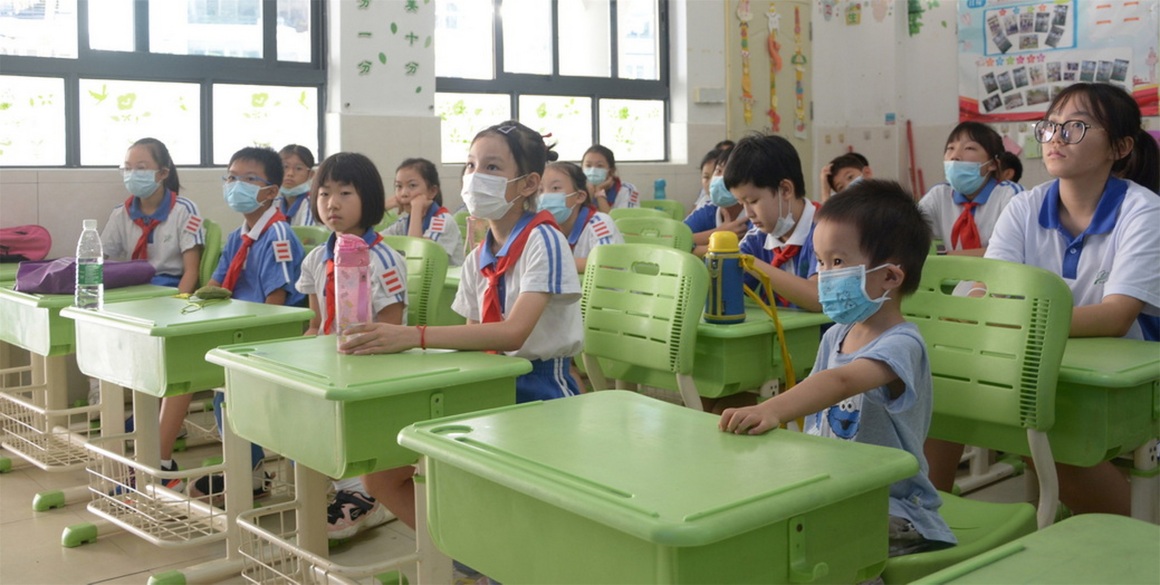
▽前期调研与宣传:“植物大作战”,现场植物本底调查与介绍Preliminary research and publicity: on-site plant background survey and introduction
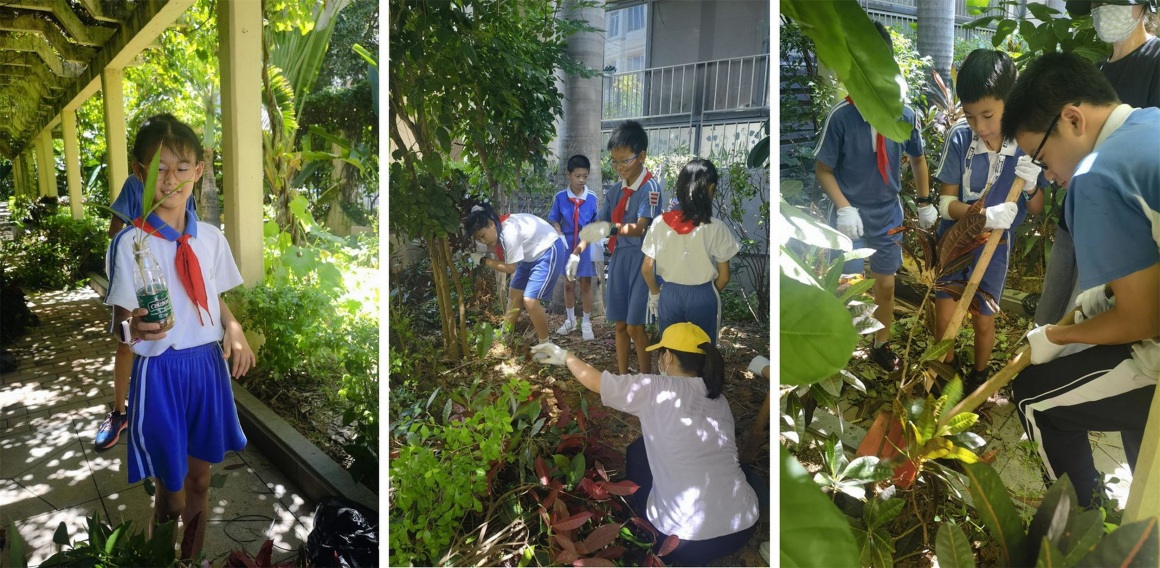
自然课堂第二课:农园搭建设计工作坊 Nature Classroom Lesson 2: Garden Building Design Workshop
梦想的花园如何转变为设计图?孩子们对自己的花园有着怎样的期望?我们开启了自然课堂第二课,农园搭建设计工作坊,邀请孩子们走进迈丘设计师的日常,介绍设计师的工作模式,设计方法,指引他们完成自己的梦想花园设计和搭建。
How does a dream garden transform into a design plan? What are the children’s expectations for their own gardens? We started the second lesson of Nature Class. We invited children into the daily life of metrostudio designers and set up a workshop to guide them through the design and construction of their dream garden.
▽参与式设计工作坊Participatory Design Workshop in metrostudio
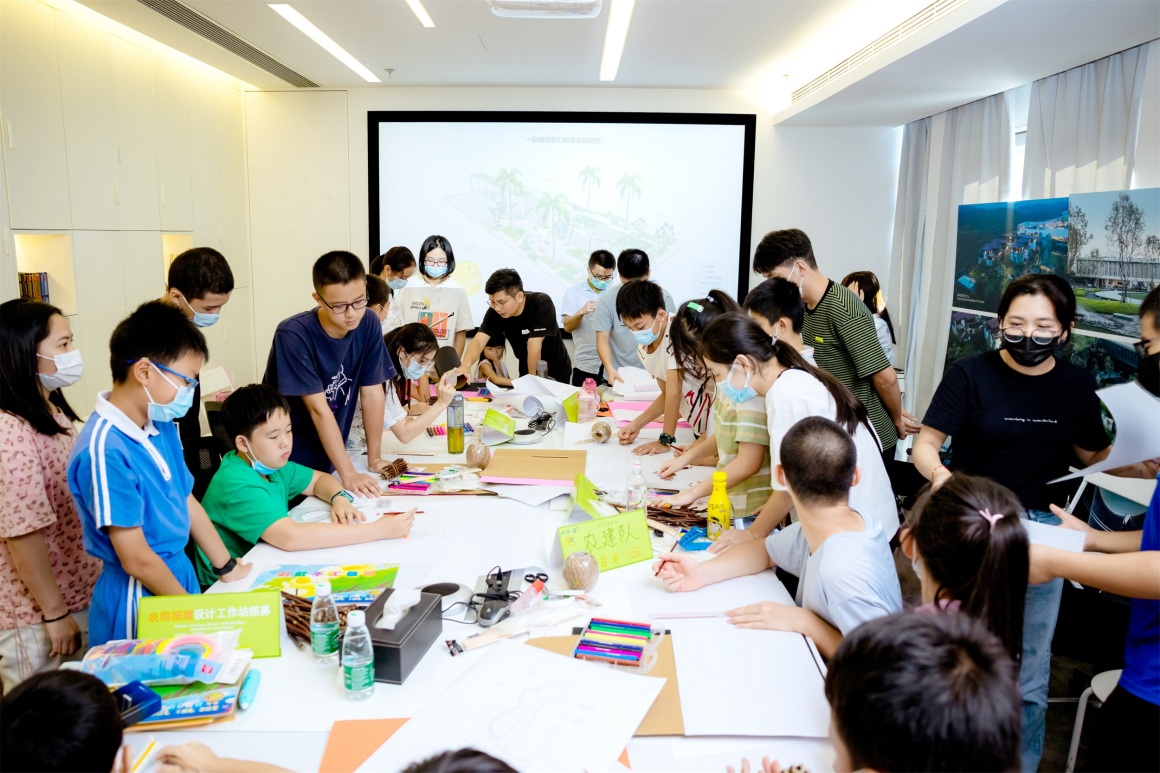
▽工作坊成果 Children’s Works
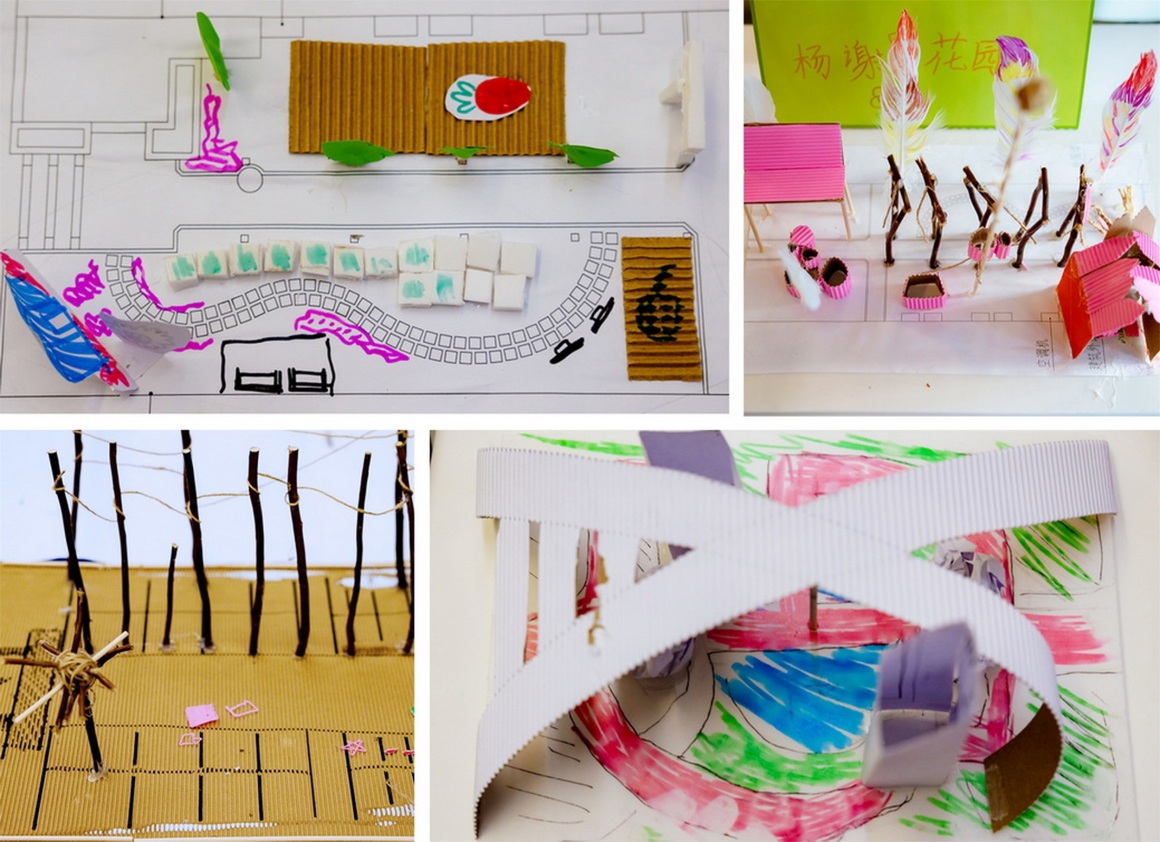
自然课堂第三课:共建可食花园 Nature Classroom Lesson 3: Co-Build Edible Garden
现场体验、现场学习,是儿童自然教育不可缺少的环节,通过“共建可食花园活动”,传达着我们的儿童教育理念:让儿童回归自然,成为花园的小主人,了解植物生长的知识,亲自播撒农园种子,细心呵护它,描绘它!迈丘设计用自己的专业力量培育着这份小小梦想,帮助它慢慢变成现实。
On-site experience and learning is an indispensable part of children’s nature education. The Co-Build event conveys our concept of children’s education: let children return to nature, become the little master of the garden, learn about plant growth, sow the seeds of the farm garden themselves, take care of it and portray it carefully! We use our expertise to nurture a child’s dream and help it become a reality.
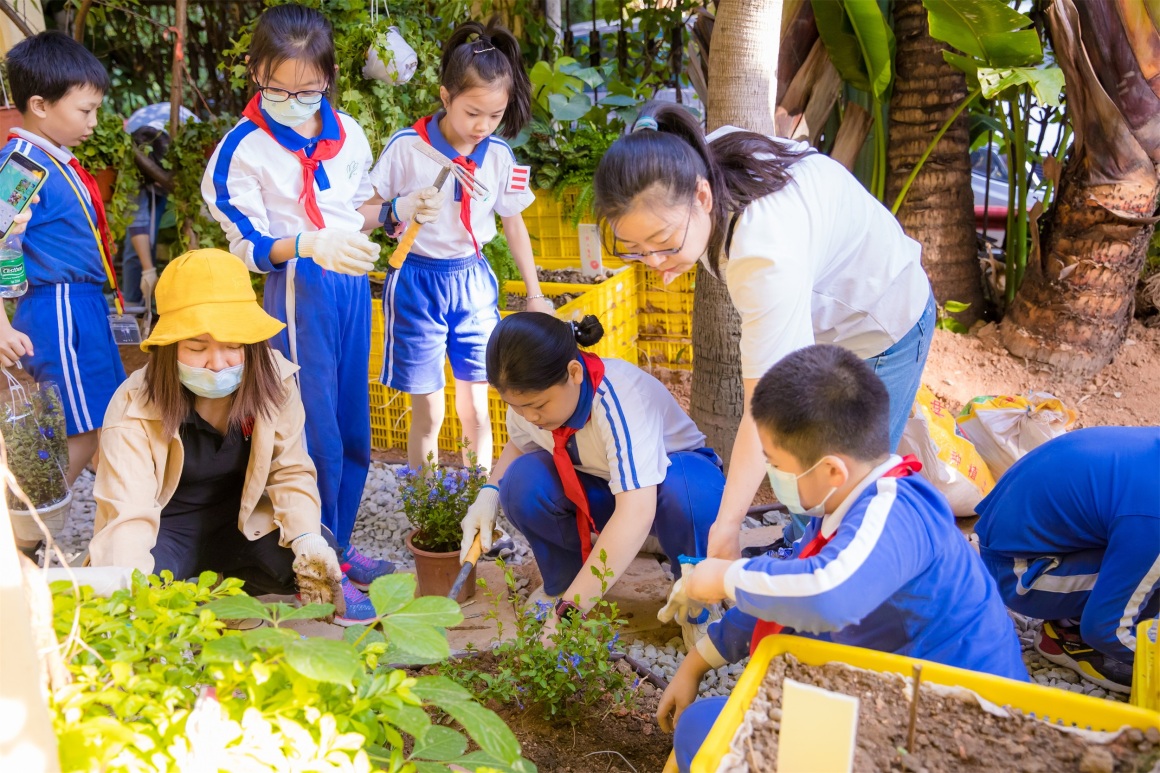
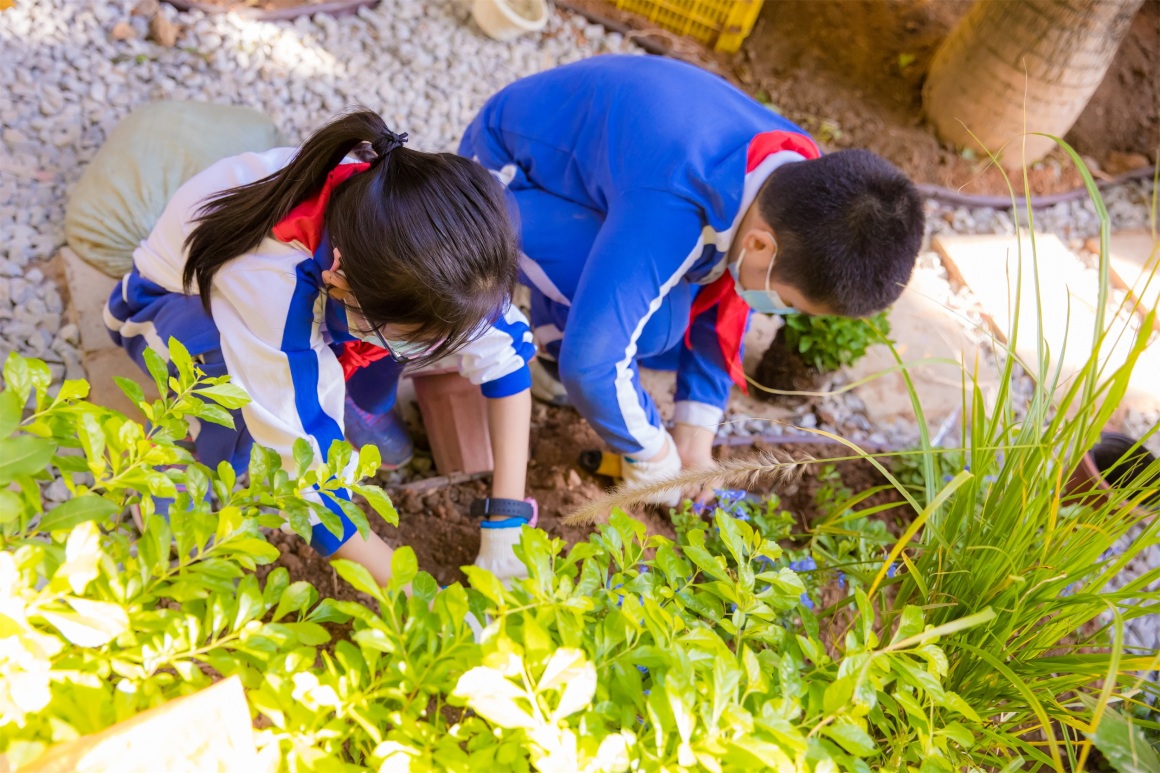
自然课堂第四课:亲子共建课堂 Nature Classroom Lesson 4: Parent-Child Activities
这是花园即将建成的环节,孩子们和家长一起,搬运砾石、铺设底层花园植物,在设计师的指导下,一起完成花境的种植。从场地里清理出来的石块,在孩子们的画笔下,纷纷化身为五彩斑斓的装饰。通过团队协作,为花园的最终落成共同努力。
In this session, children and parents carried gravel, planted plants and built a garden together under the guidance of a designer. The rocks cleared from the site were transformed into colorful decorations by the children’s paintbrushes. Through teamwork, they worked together for the final completion of the garden.
▽孩子、家长、老师与迈丘设计师们共同建设花园Children, parents, teachers and metrostudio designers build the garden together
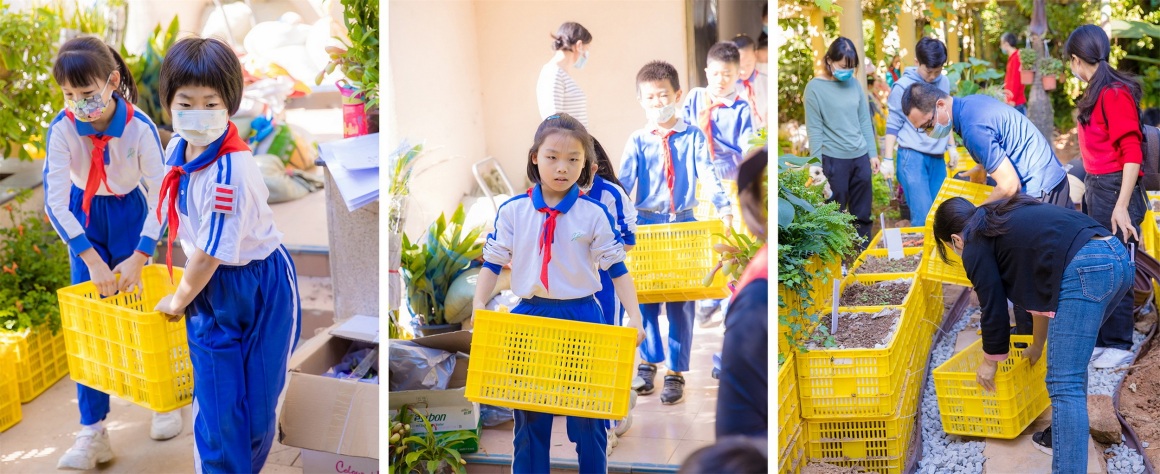
在太子湾学校社区共建花园设计建造过程中,我们叠加的不仅仅是花园,更是人与自然共生的梦想,在共同的劳作中,学会爱惜自然,欣赏同伴,学会共同的协作,共同建造,共同维护,共同推广。
In the process of designing and building the community garden at Taiziwan School, we superimpose not only the garden, but also the dream of symbiosis between people and nature. We hope that the participants will learn to love nature and appreciate their peers, learn to work together, maintain and promote together in the common labor.
▽孩子们彩绘石头,用以装饰花园 Children painting stones to decorate the garden
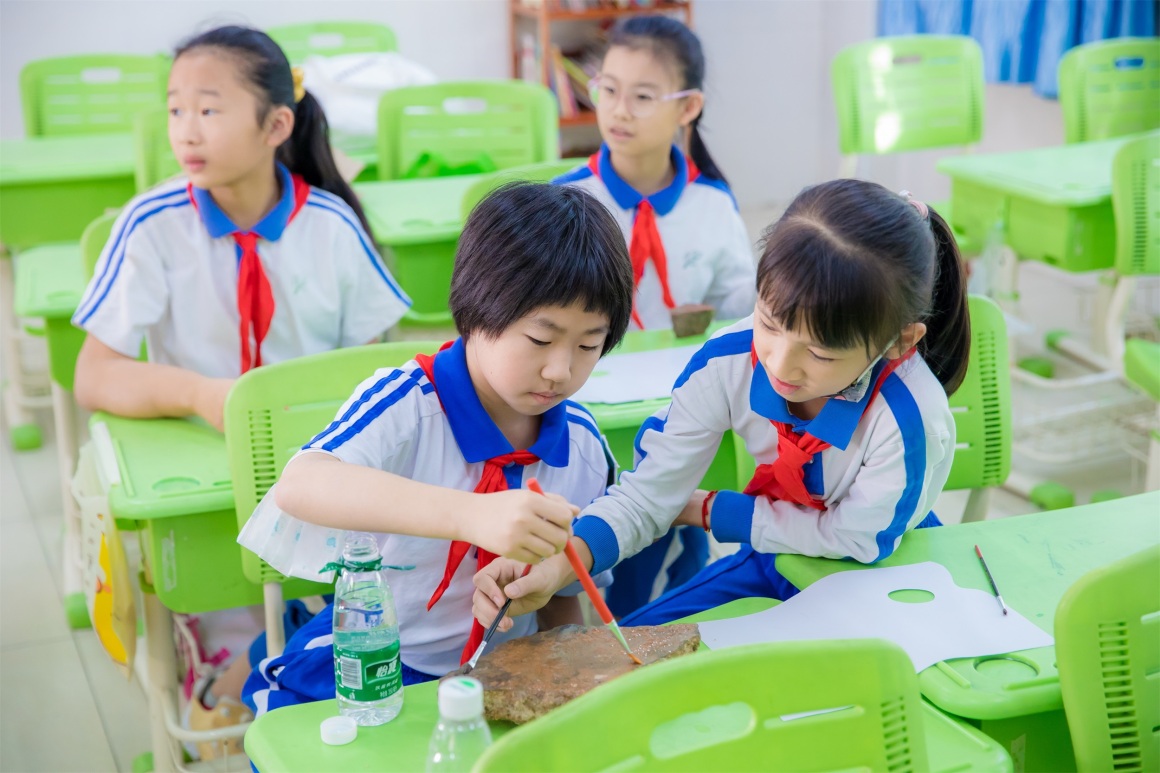
▽花园中的小画家 The little painter in the garden
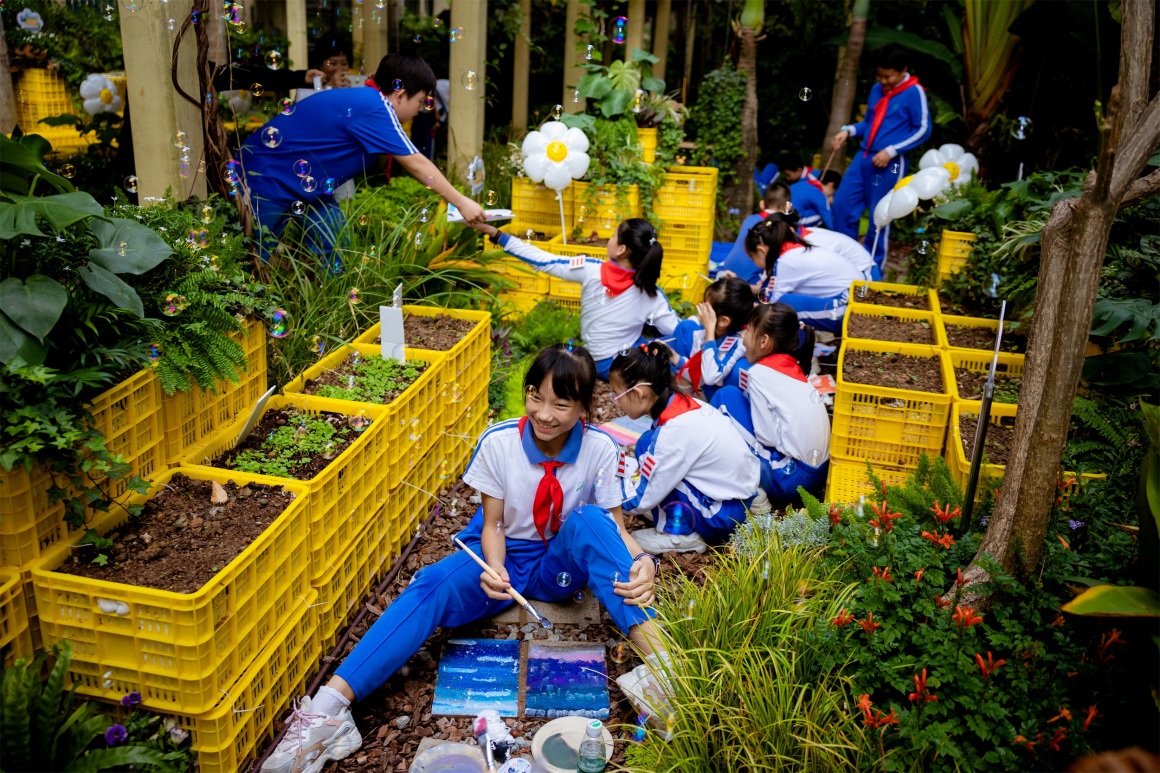
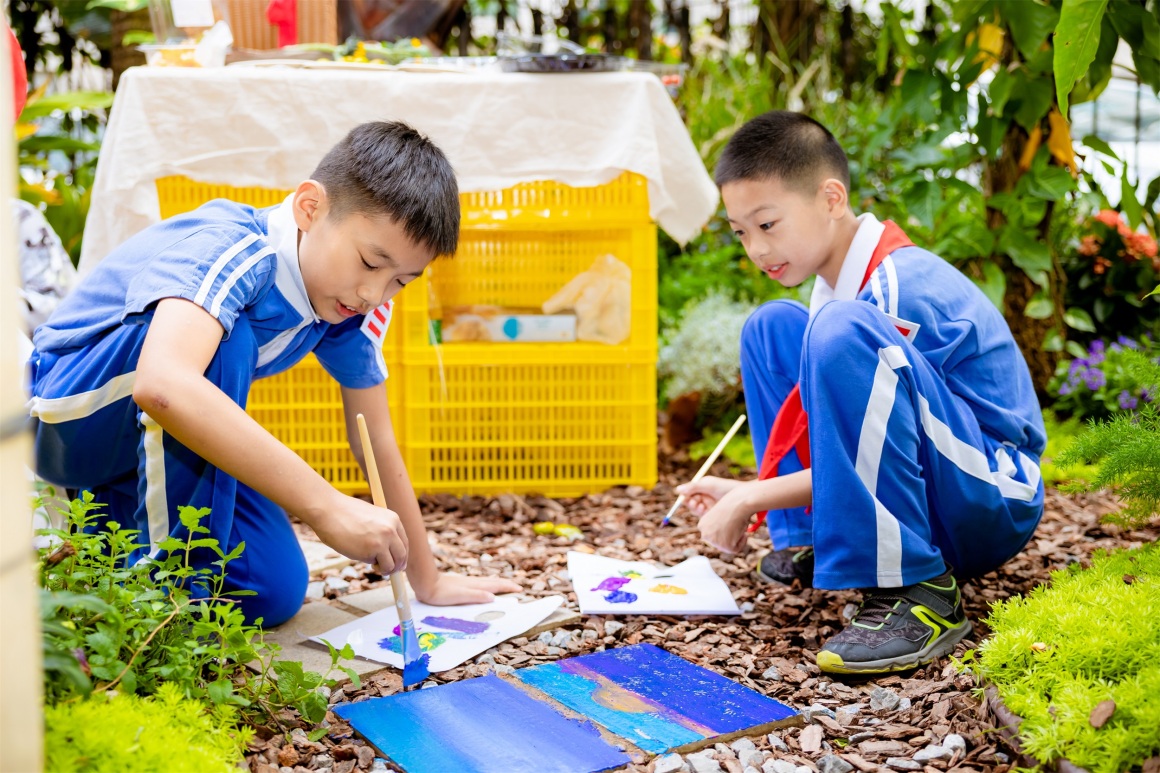
▽将孩子们的梦想留在花园一角
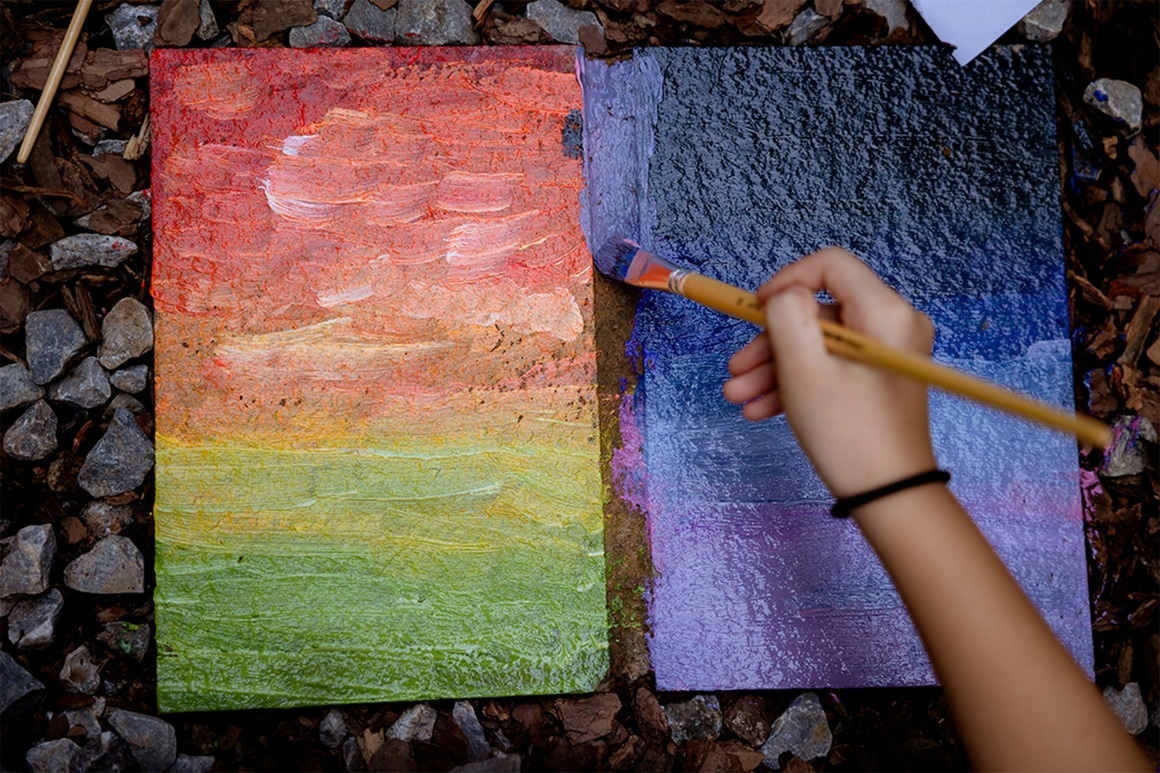

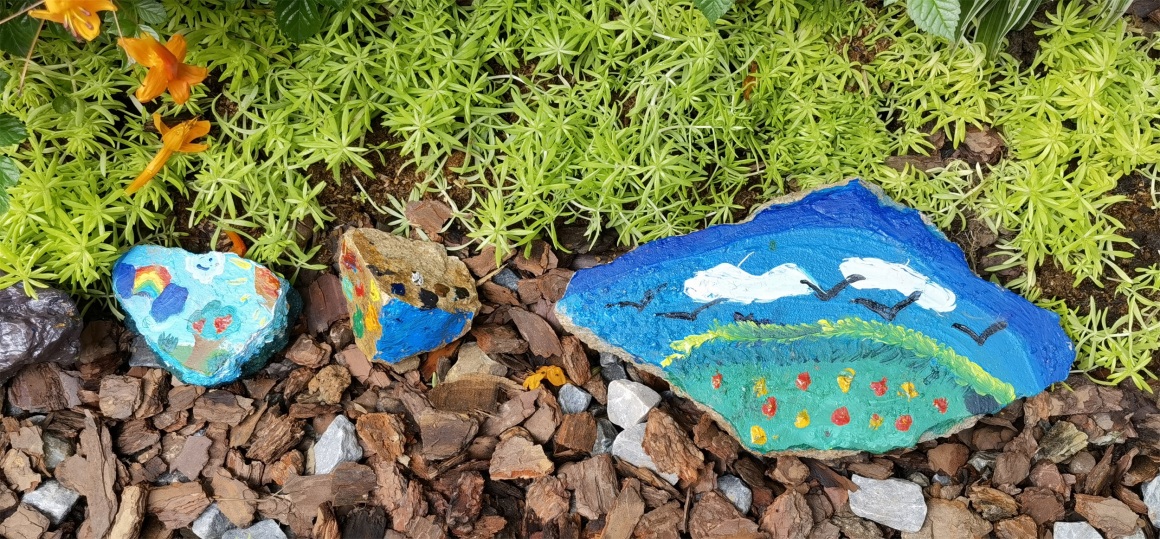
一系列的劳动实践课堂,将迈丘设计的4 C(Curiosity、Creativity、Compassion、Collaboration)儿童自然教育理念融入花园共建的系列实践活动之中。通过“植物大作战”,激发孩子们的好奇心(Curiosity),通过“农园搭建设计工作坊”,为孩子们的创造力(Creativity)提供一片自由生长的土壤;通过“共建可食花园”感受劳动与收获,学会换位思考、养护植物,以此培养孩子们的同理心(Compassion);通过“亲子自然课堂”,学会和家人、同伴更好的协作(Collaboration),体会团队的力量,培养集体的荣誉感。
A series of co-build practices show the children’s nature education concept of metrostudio (Curiosity, Creativity, Compassion, Collaboration). Through the “Plant War”, we stimulated the children’s Curiosity; through the “Design Workshop”, we provided a free soil for children’s Creativity to grow; through the “Co-Build Edible Garden” we cultivate children’s Compassion; and through “Parent-Child Nature Class”, we let children learn to collaborate better with their families and peers.
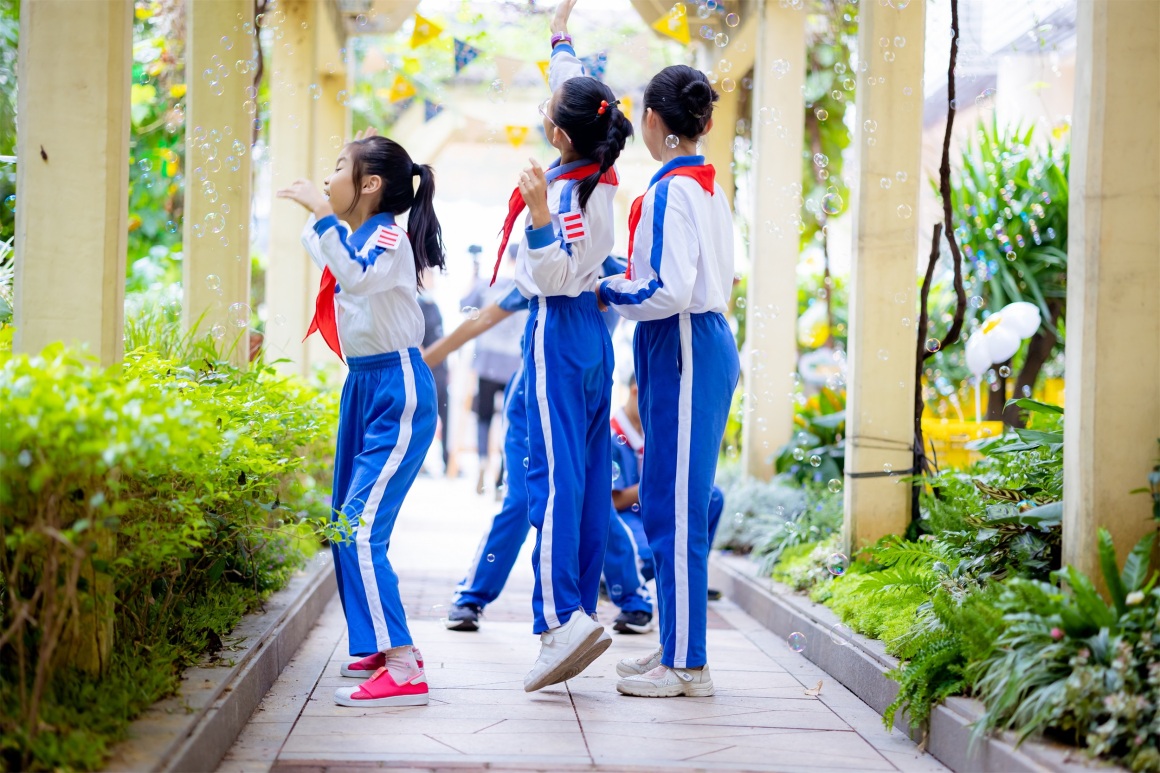

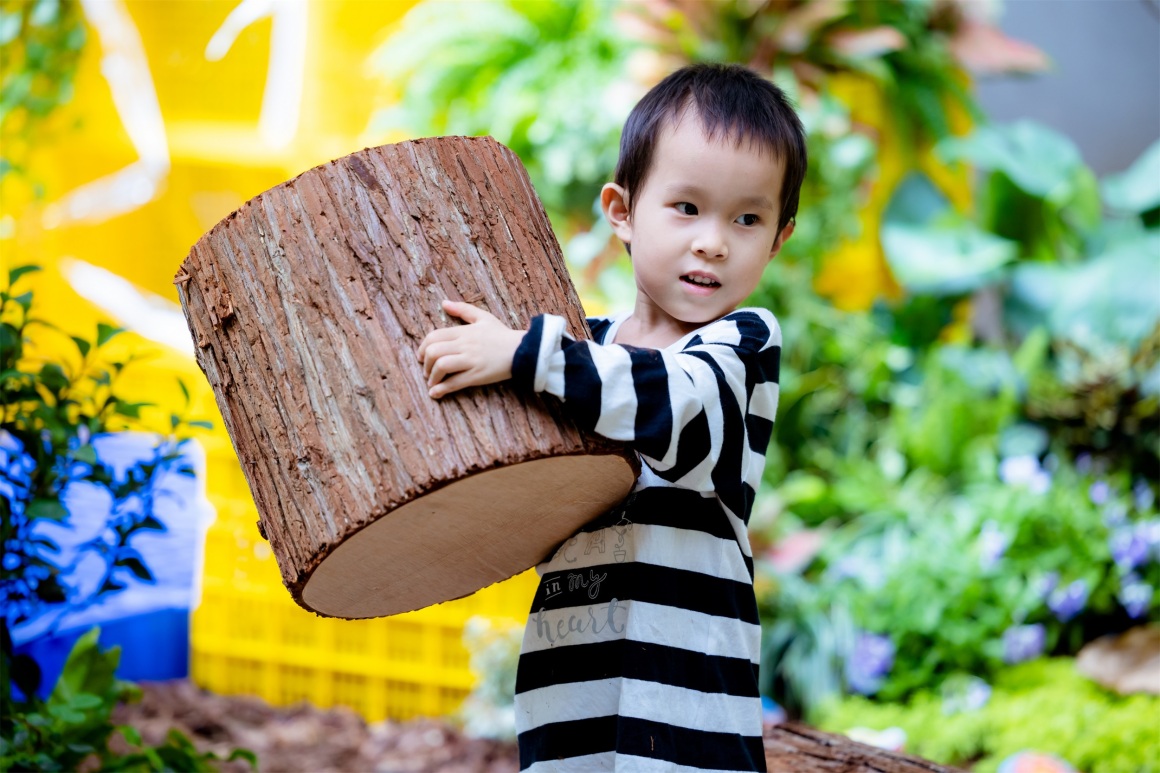
共建花园最终于2021年11月21日正式开园。改造后的可食花园吸引来了蝴蝶、鸟类等。学生们可以在这里休息、看书、荡秋千、观察记录自己亲手种下的一颗颗植物。
The community garden was finally opened on November 21, 2021. The renovated edible garden attracts butterflies, birds and more. Students can rest, read books, swing, and observe and record one of the plants they planted with their own hands.
▽小小农园家们为校长讲解育苗植物 the little florists explain seedling plants to the principal

设计与建造过程 Process of Construction.
▽植物选种 Plant seedlings
▽施工过程 The construction process
结语 Conclusion
在狭小的空间里,我们保留了孩子们的设计梦想,一个自然的餐桌、一个可以幽静看书的小空间、有秋千在摇晃、校园里的可食农园也在箱子里等待成长收获的那一刻。太子湾可食花园共建的过程是短暂的,而未来,花园的生长将是可持续的,我们也将打造可持续自然教育之理念,结合校园改造,从设计、共建、落地到维护运营,让花园共建不仅仅止步于此。
In the small space, we kept the children’s design dreams – a natural dining table, a small space for quiet reading, and an amusement park for playing. The construction process of this project is short-lived, but in the future, the garden will grow sustainably. We will also create the concept of sustainable nature education, combined with campus renovation, from design, co-build, landing to maintenance and operation, so that the garden co-build does not only stop here.
在开园仪式上,同学们说:
“我们从参与的过程中学到很多知识,这些是课本上学不到的。”
“通过建造活动,看着花园经过自己的劳动一点点建设起来,我感到很有成就感。”
“这些活动最大的意义就是我们不仅收获了知识,也让自己的校园变得更美了。”
At the opening ceremony, the students said.
“We learned a lot from the process of participation, which we can’t learn from textbooks.”
“Through the construction activities, I felt a sense of accomplishment as I watched the garden being built up little by little through my own labor.”
“The greatest significance of these activities is that we not only gained knowledge, but also made our campus more beautiful.”
共建触动心灵,设计创造美好!设计的价值不就在这里吗?
Building together touches the heart, design creates beauty! Isn’t this where the value of design lies?
项目名称:深圳市太子湾学校共建花园
场地地址:深圳市南山区太子湾学校小学部
设计方:metrostudio 迈丘设计
公司网站:www.metrostudio.cn
联系邮箱:info@metrostudio.cn
设计时间:2021年6-11月
建筑面积:约 200 ㎡
项目主创: 黄宏聚、杨柳
设计团队: 孙义梵、黄淑云、郭婷、吴梦、巫国森、谢菲、雷小风、范晓红、刘蓉慧、王曲雯
业主(指导单位):深圳市城市管理和综合执法局
业主(主办单位):南山区城市管理和综合执法局
摄影版权:metrostudio 迈丘设计,蛇口社区基金会
共建单位:深圳市绿色基金会、大自然保护协会、蛇口社区基金会、深圳市南山区太子湾学校
实施团队:迈丘设计+太子湾学校
Project Name: Nanshan Taiziwan School Community Garden
Venue address: Primary School, Taiziwan School, Nanshan District, Shenzhen
Designed : MetroStudio
Company website: www.metrostudio.cn
Contact email: info@metrostudio.cn
Design time: June to November 2021
Construction area: about 200 square meters
Project creators: Huang Hongju, Yang Liu
Design team: Sun Yifan, Huang Shuyun, Guo Ting, Wu Meng, Wu Guosen, Xie Fei, Lei Xiaofeng, Fan Xiaohong, Liu Ronghui, Wang Quwen
Owner (supervising unit) : Urban Management and Comprehensive Law Enforcement Bureau of Shenzhen Municipality
Owner (sponsor) : Nanshan District City Management and Comprehensive Law Enforcement Bureau
Photography is by MetroStudio Machu, Shekou Community Foundation
Co-built by: Shenzhen Green Foundation, Nature Conservation Association, Shekou Community Foundation, Shenzhen Nanshan District Taizi Bay School
Implementation team: Machu Design + Prince Bay School
“ 学校的可食花园,共建、共享、可持续的自然教育激发了孩子们的创造力和想象力。”
审稿编辑 Ashley Jen
更多 Read more about: metrostudio 迈丘设计


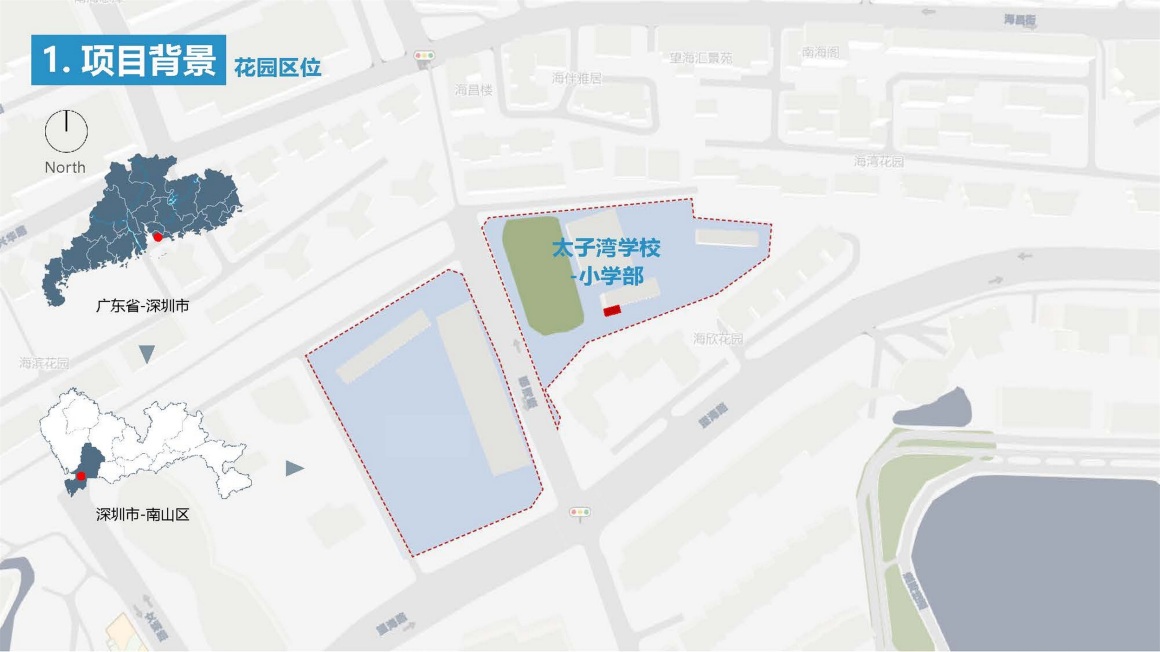
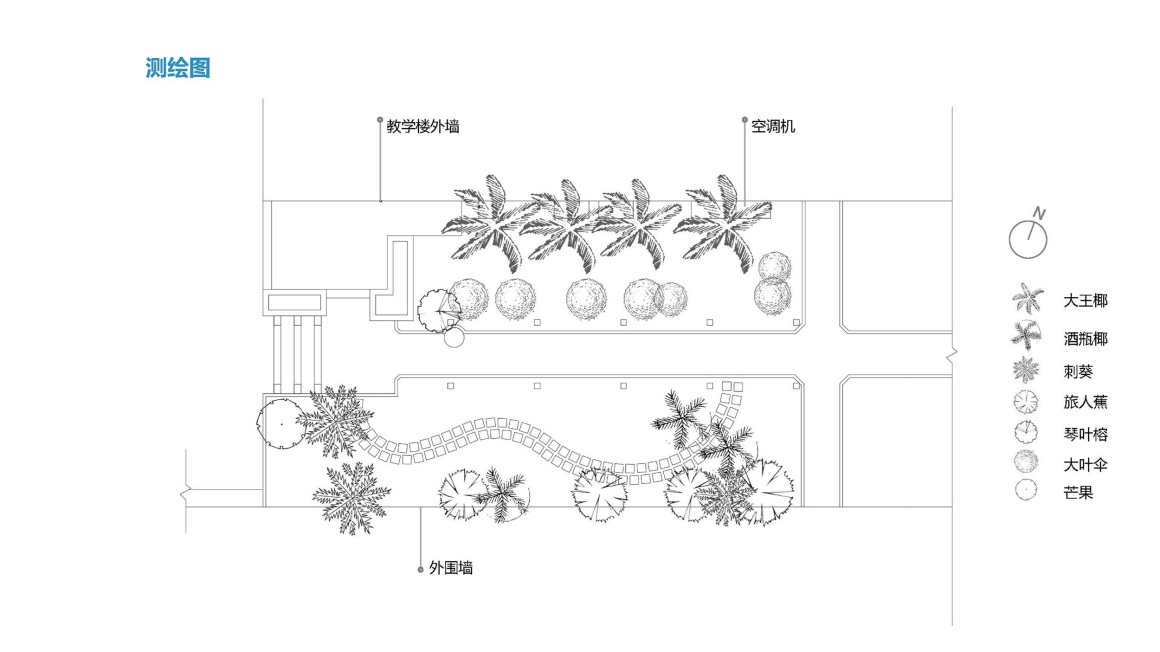
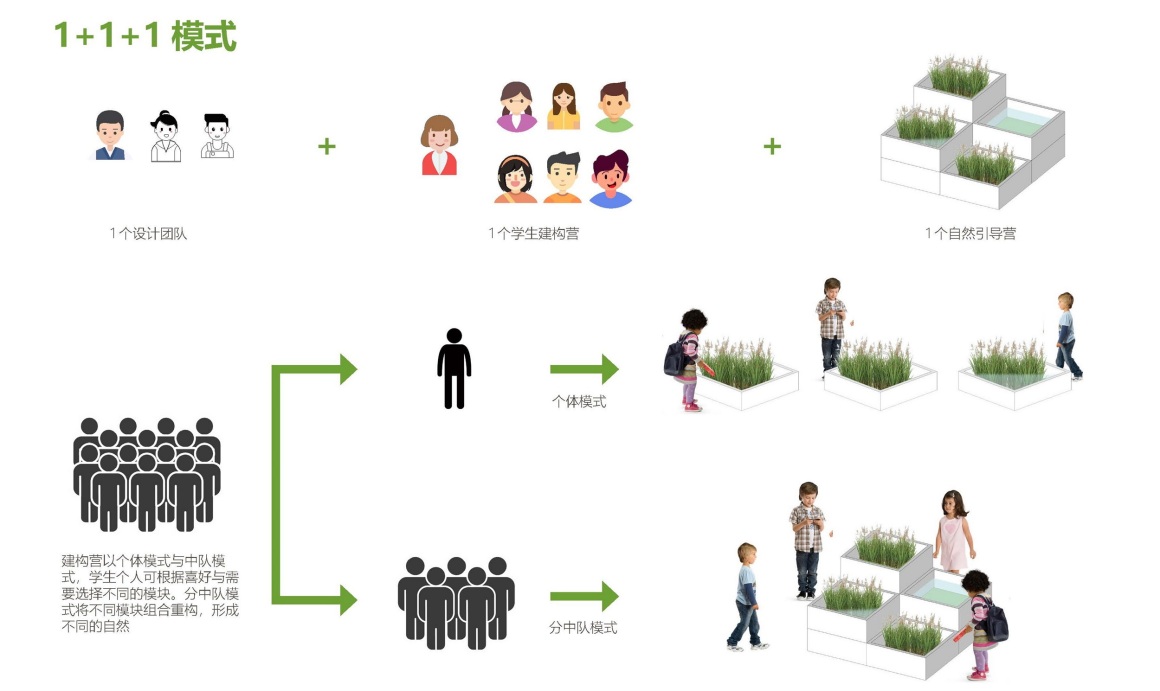

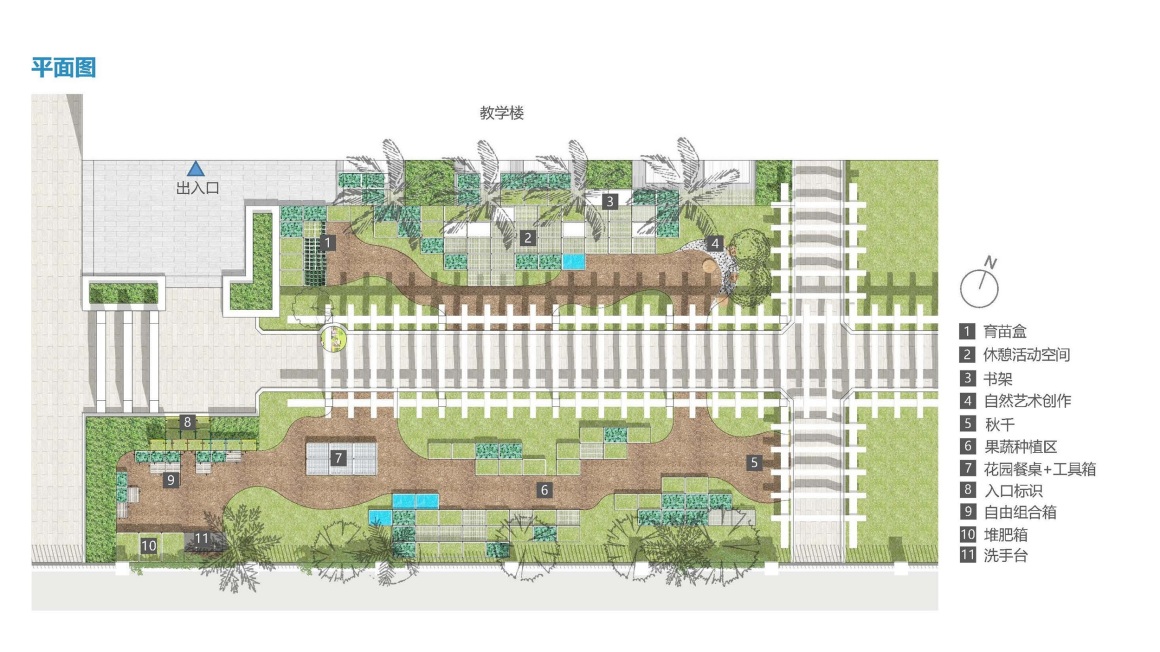

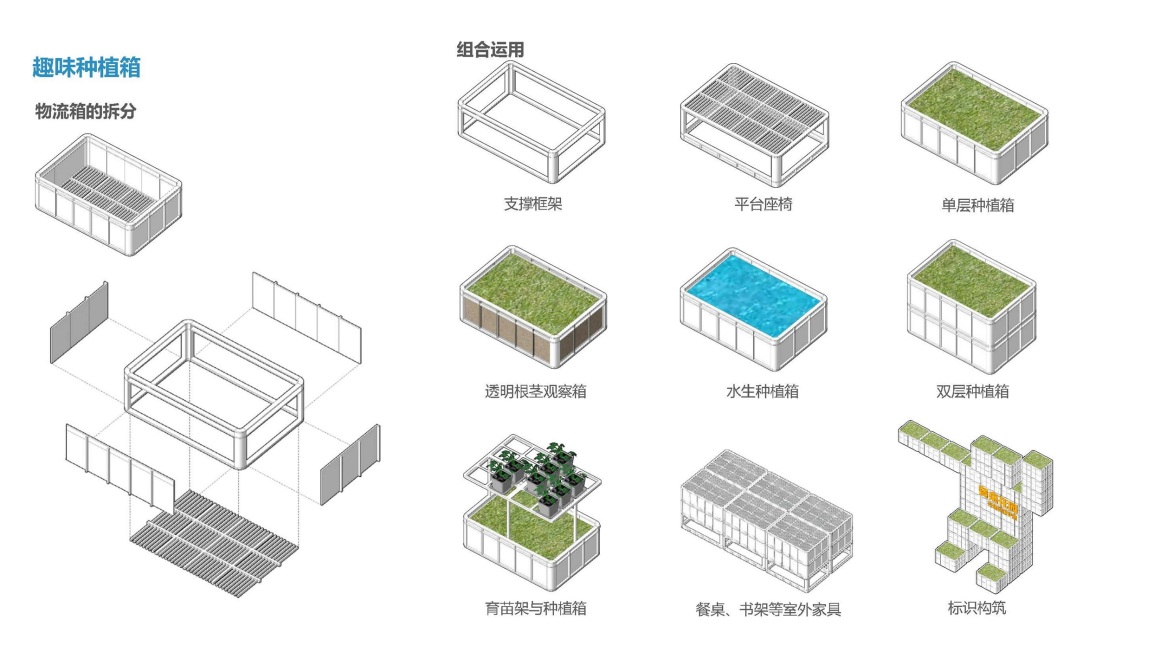

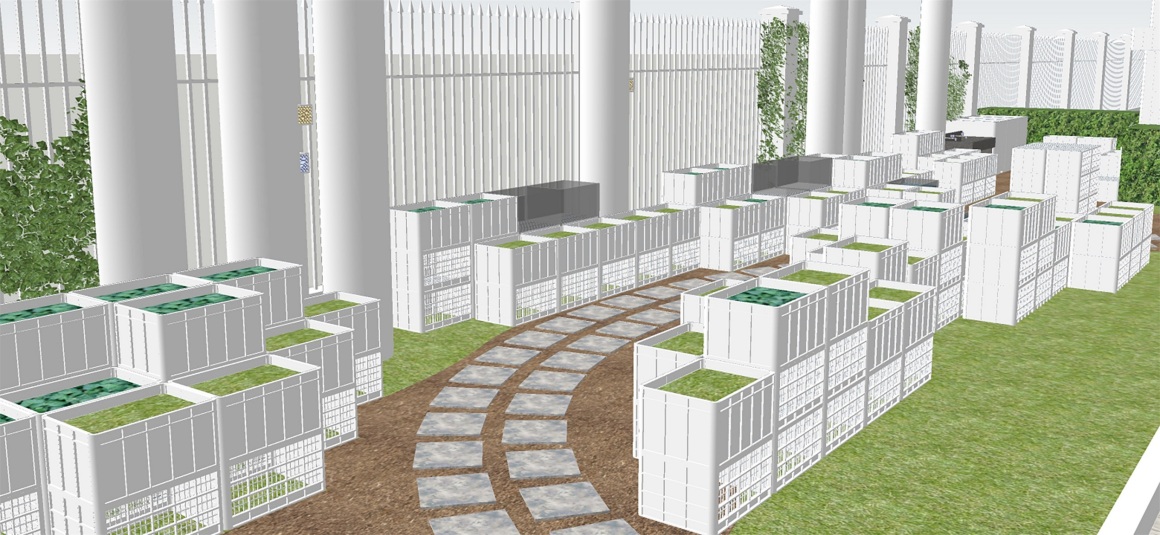
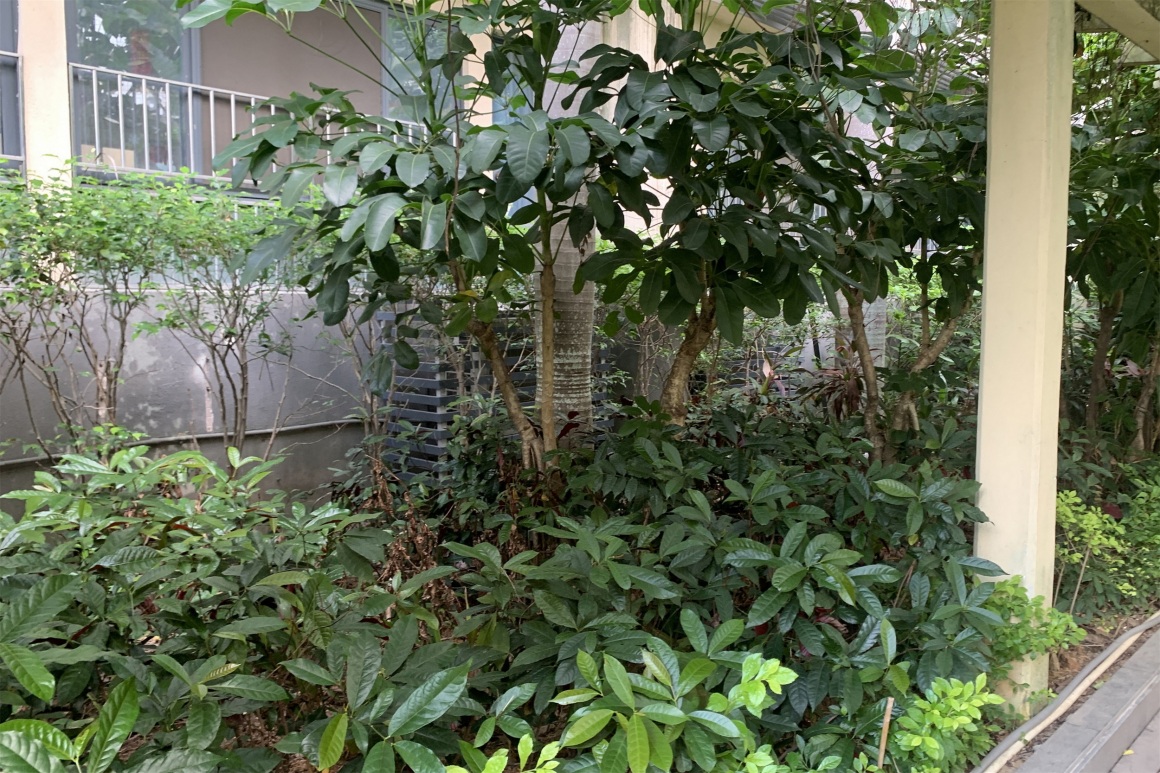

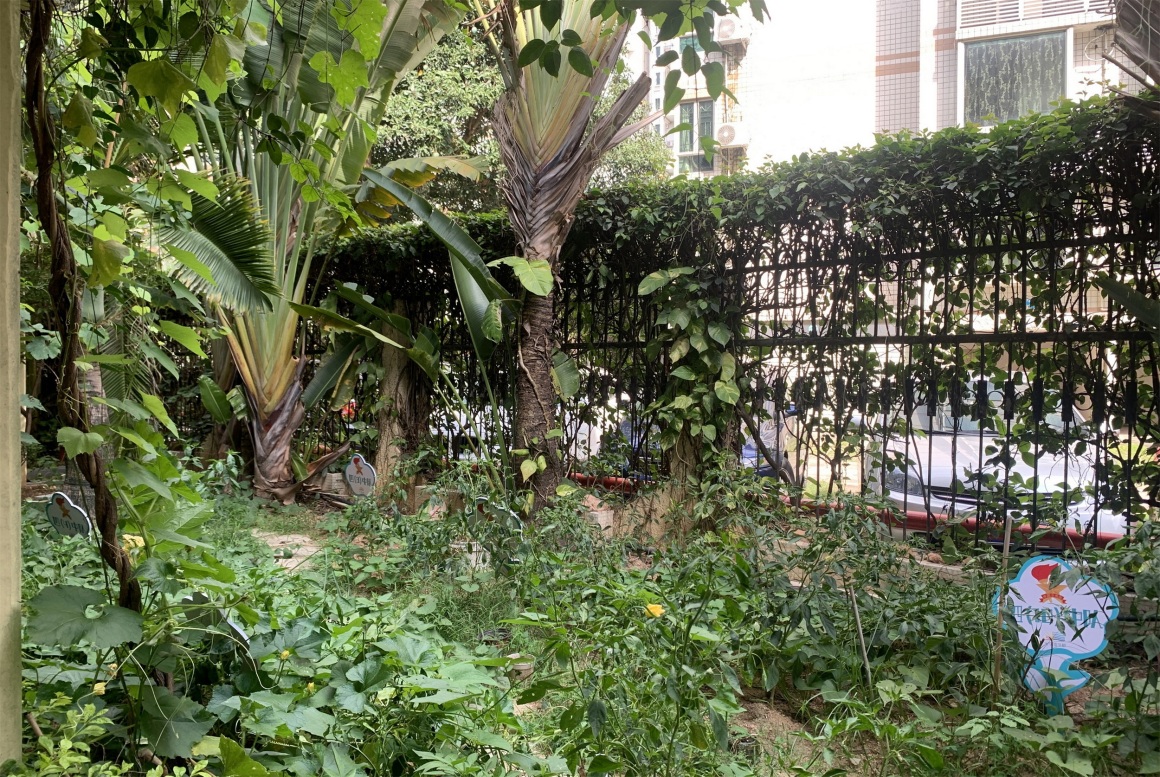


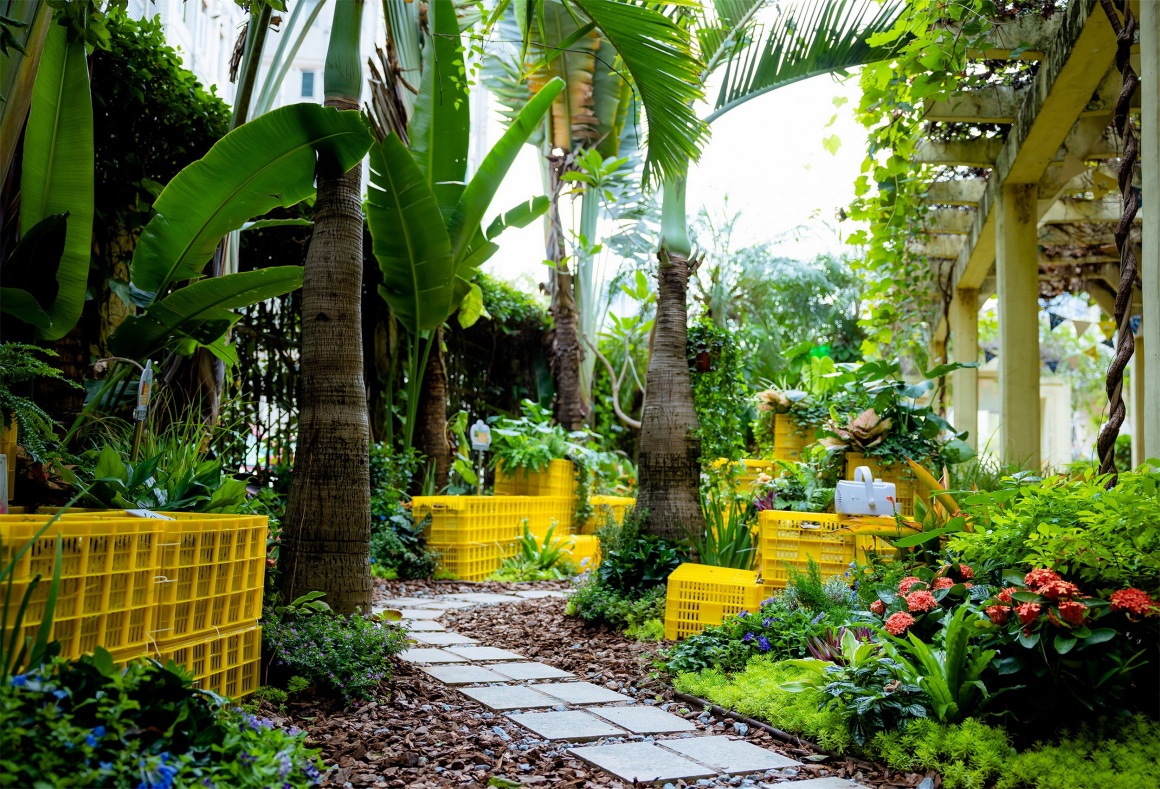
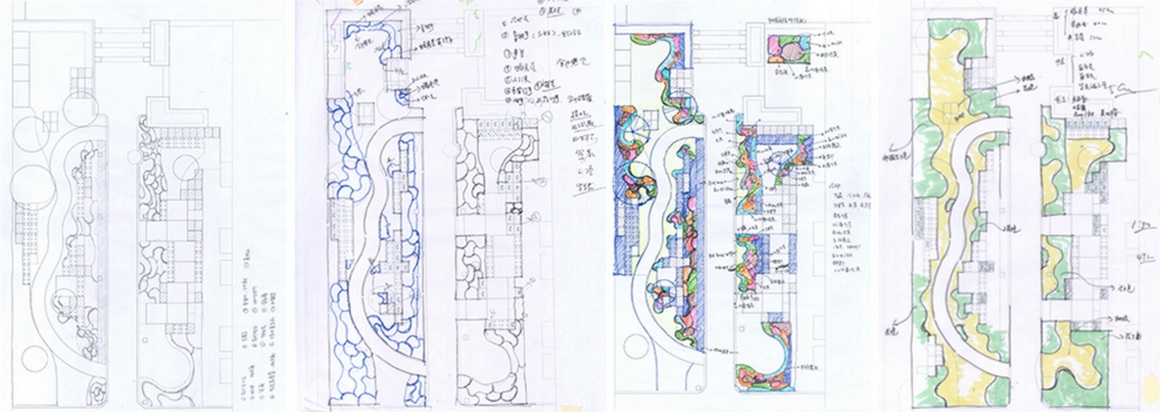

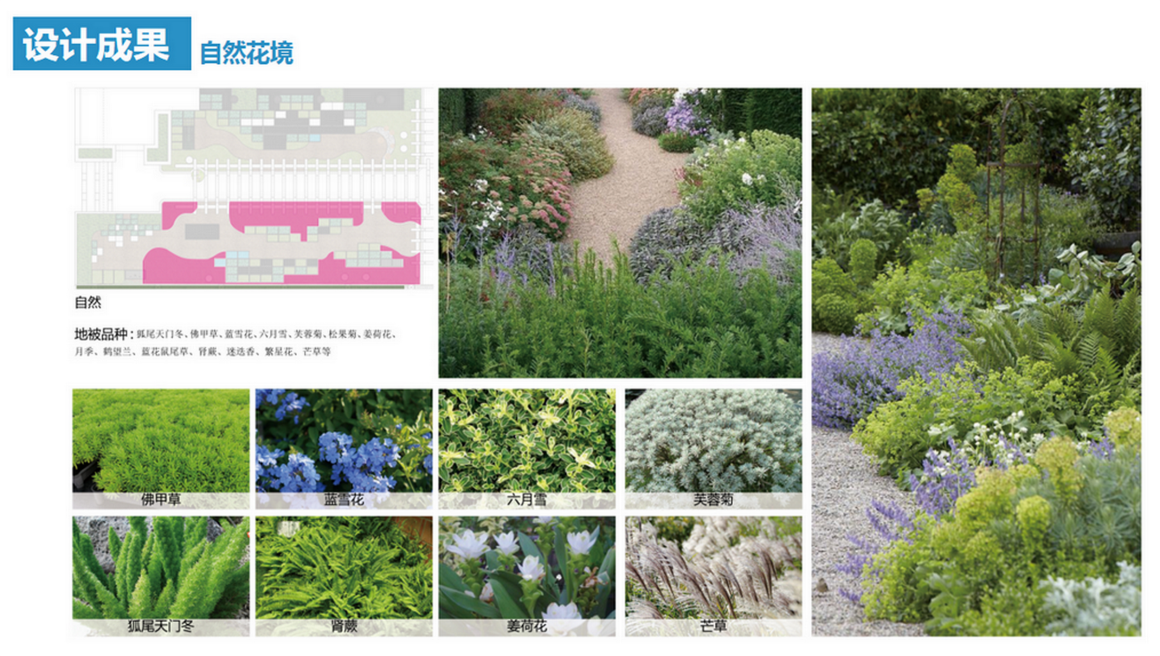
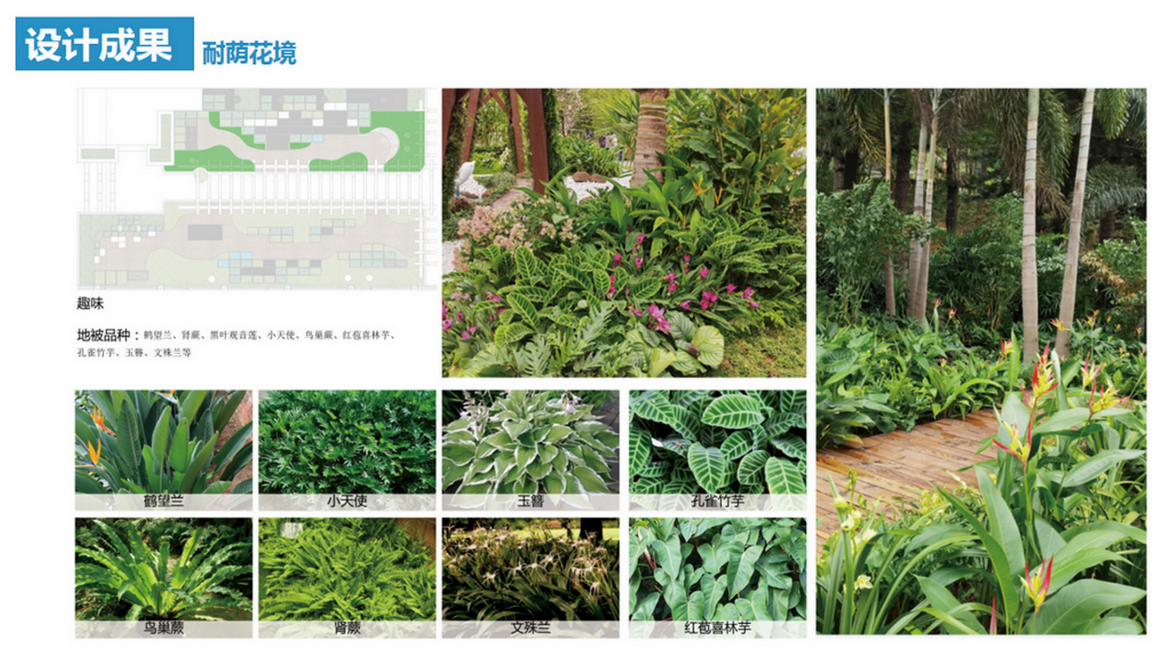
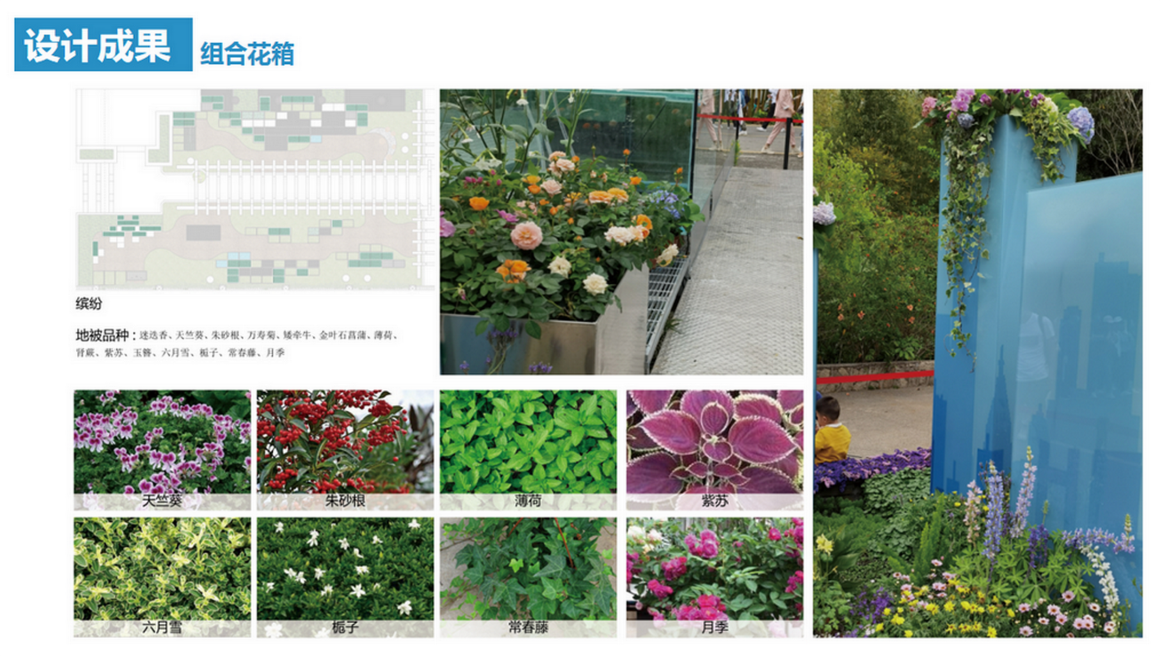

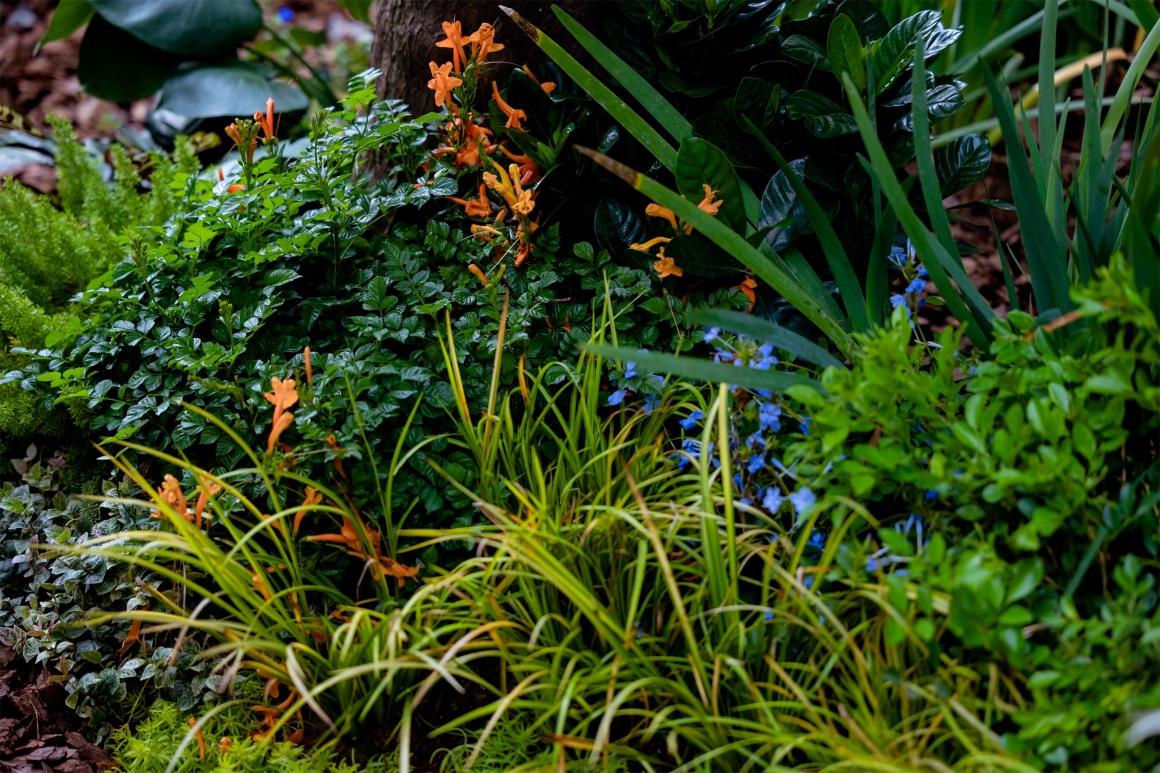
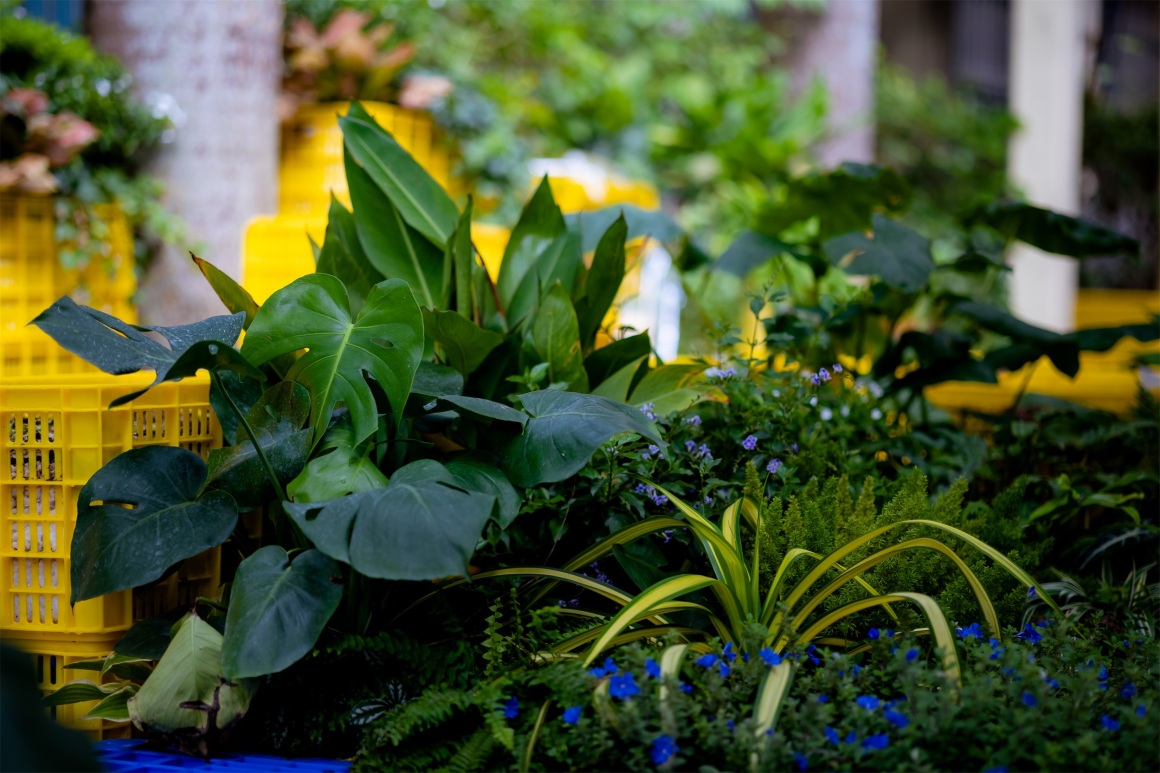

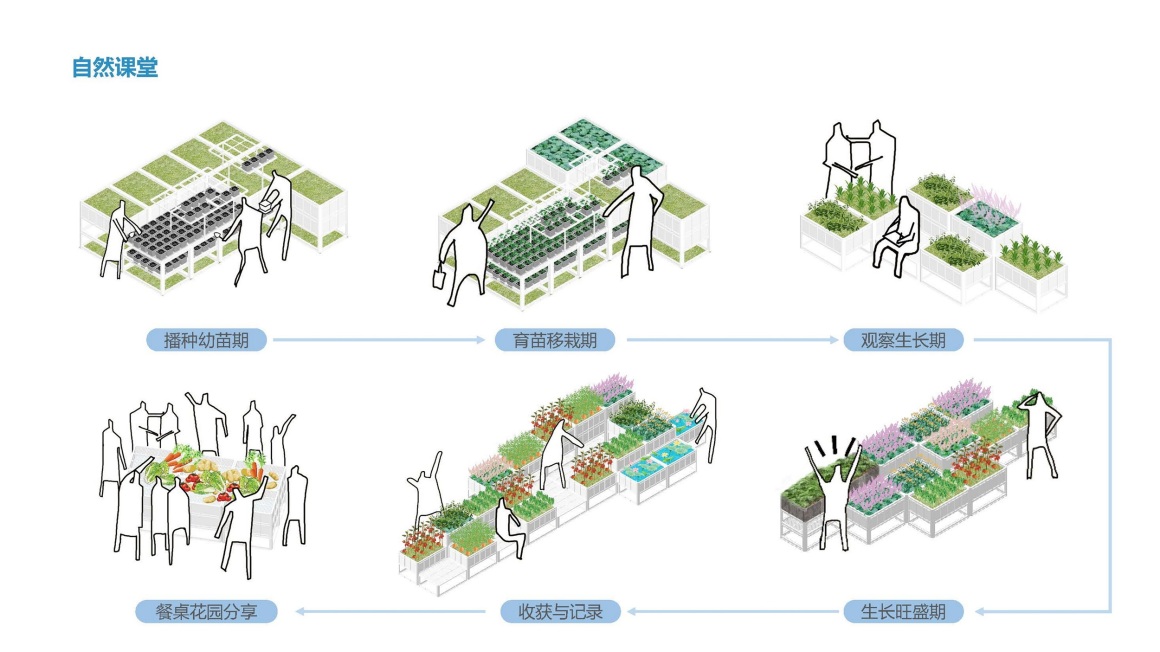




0 Comments